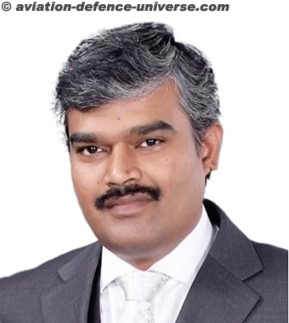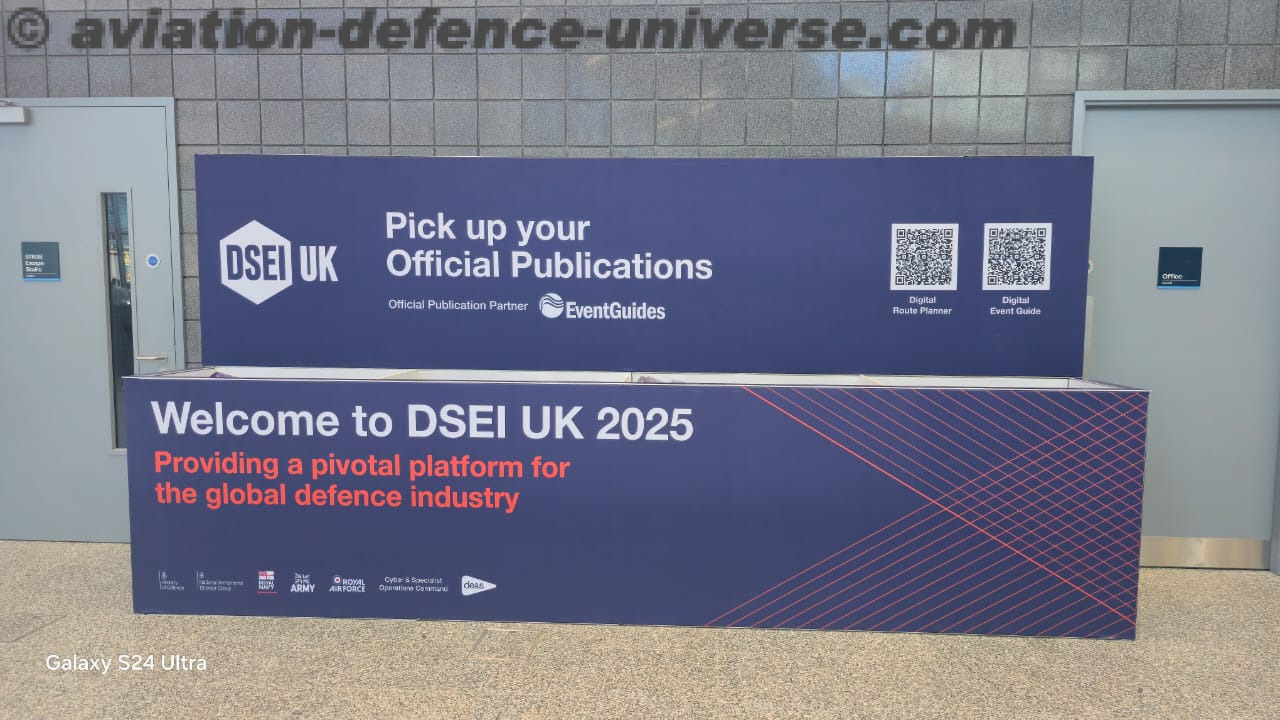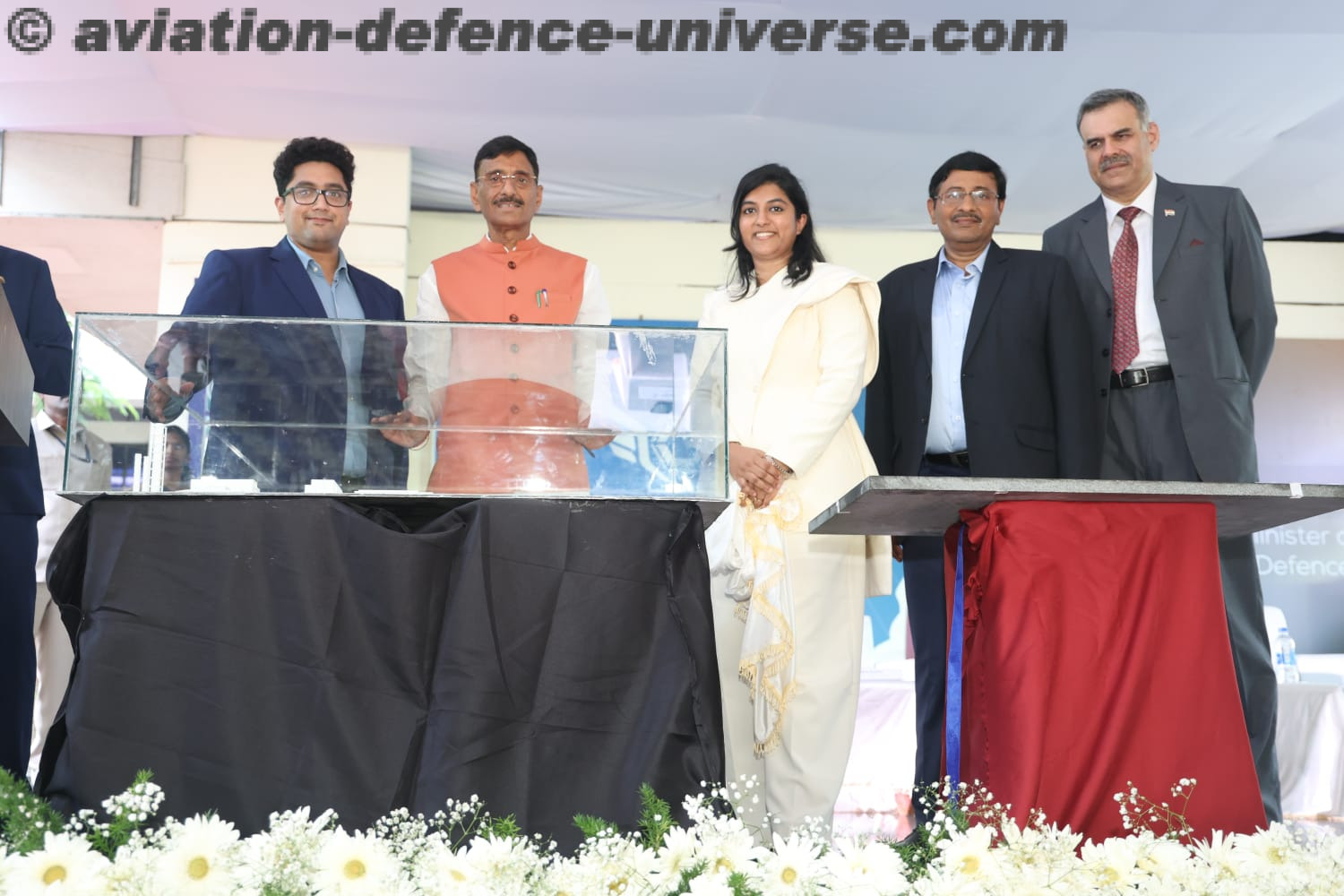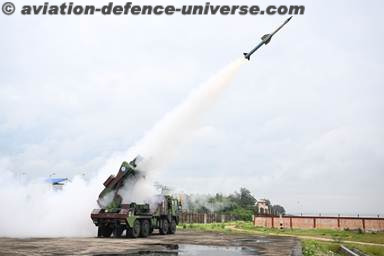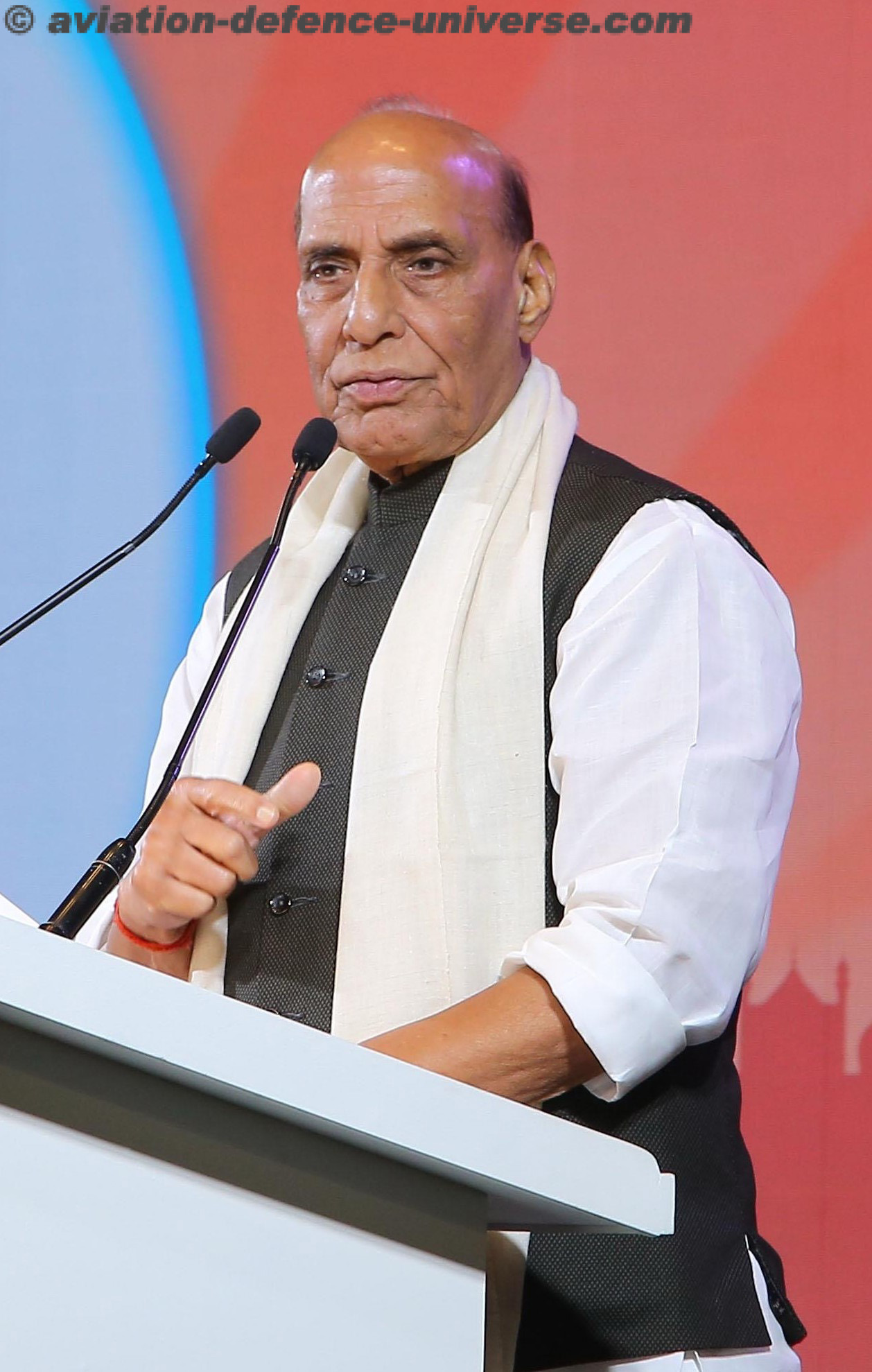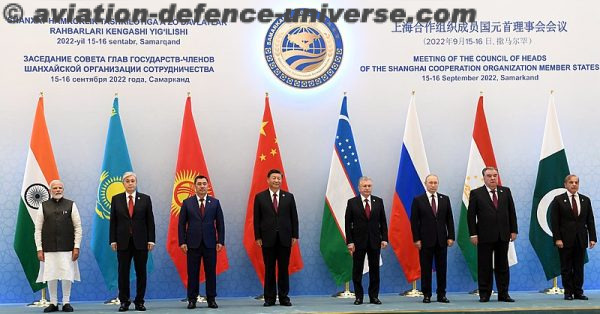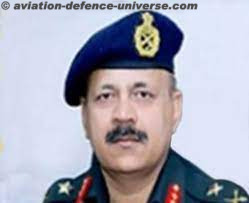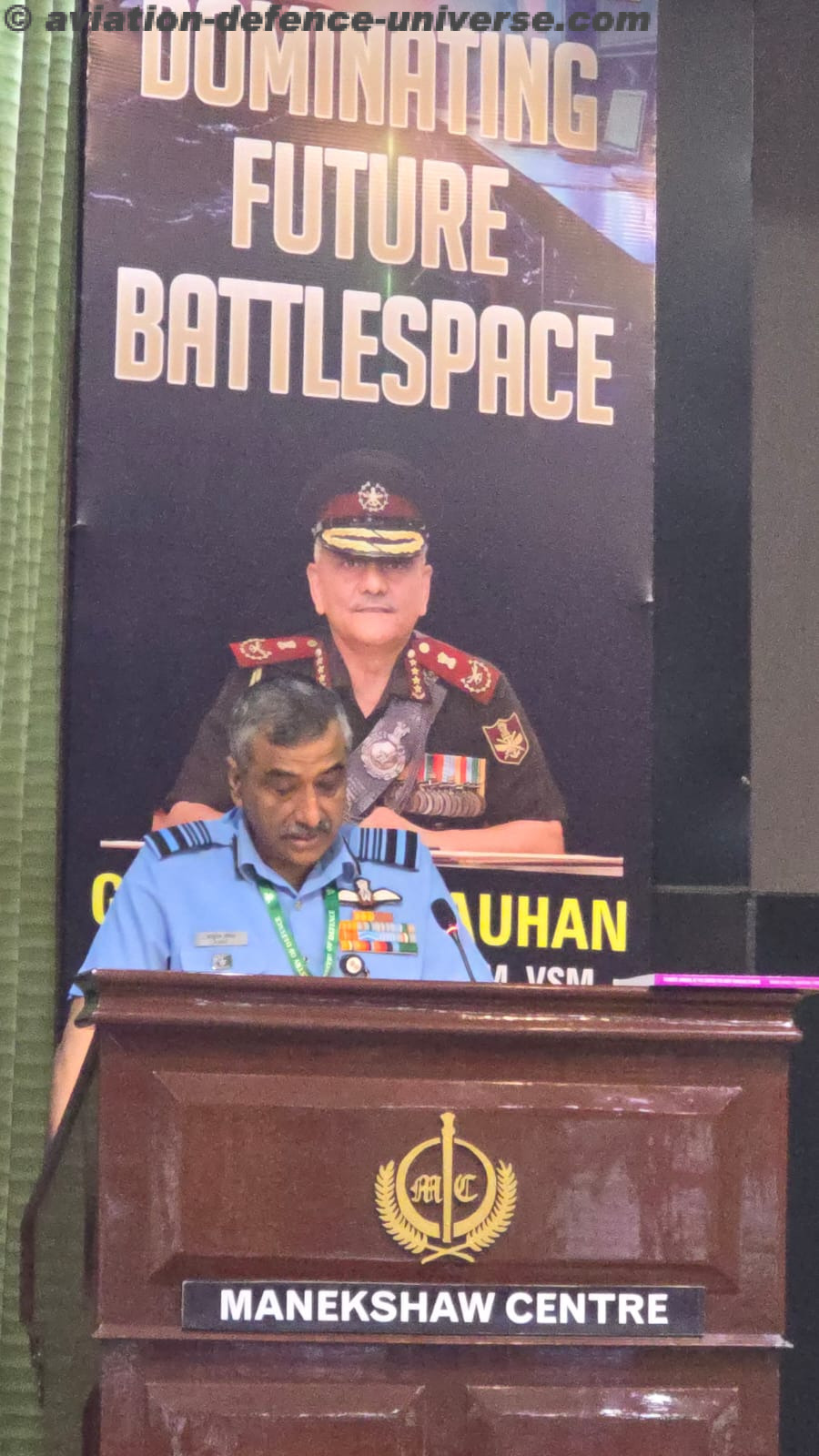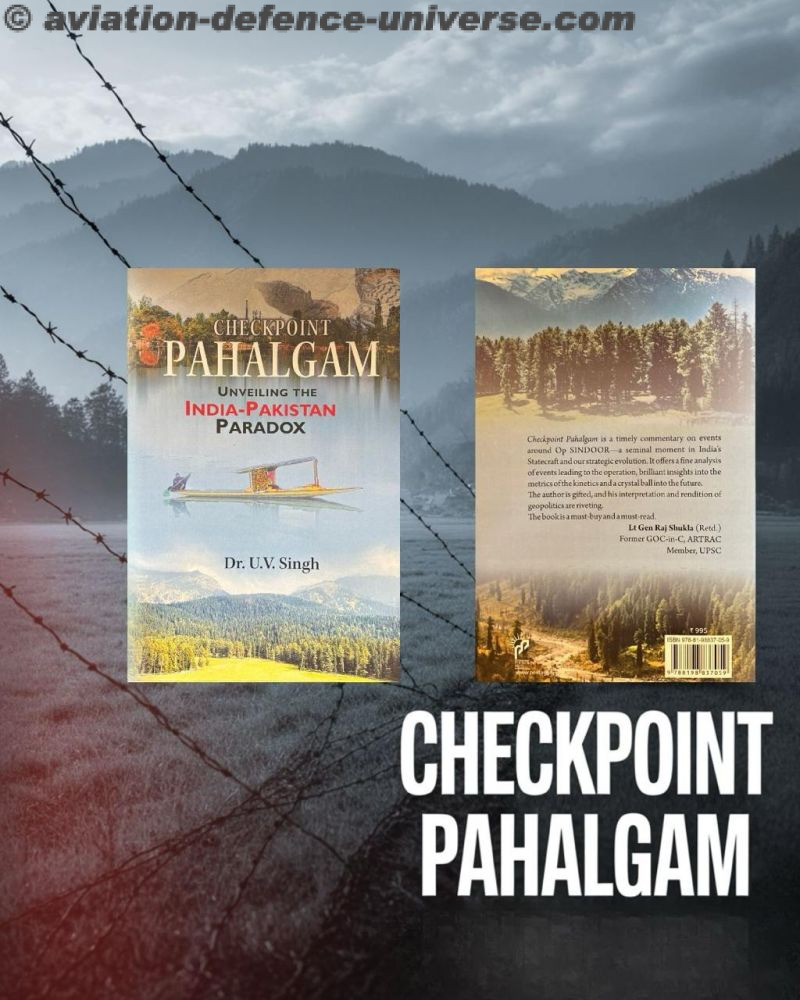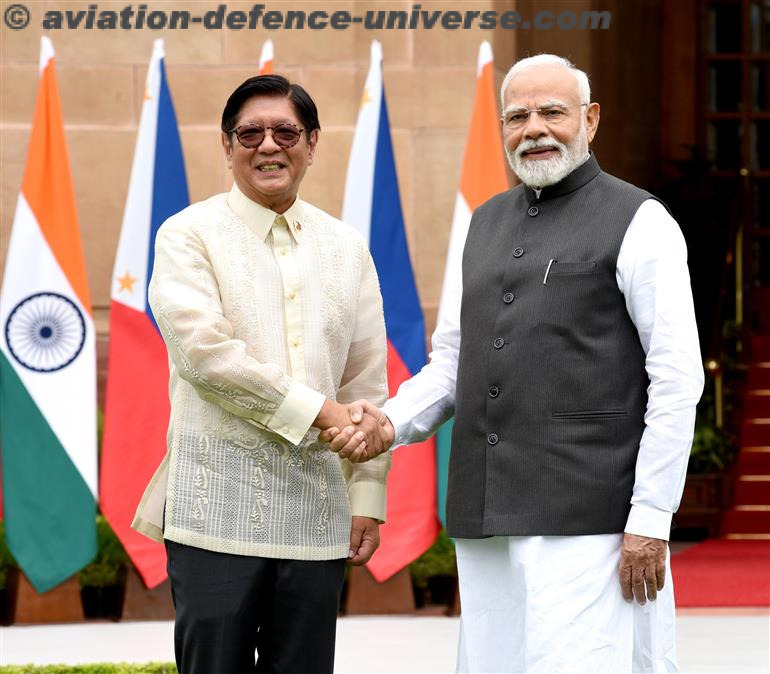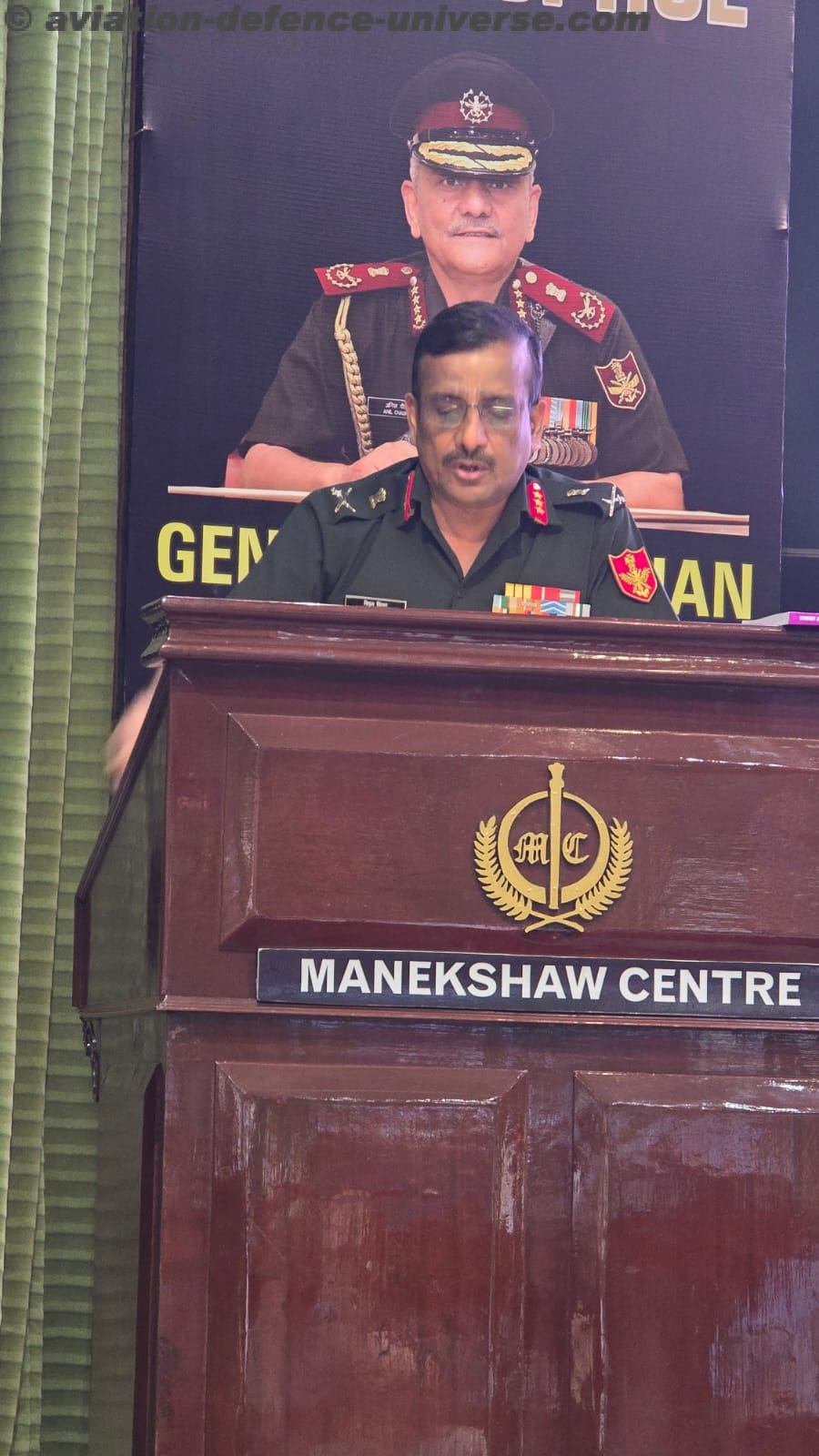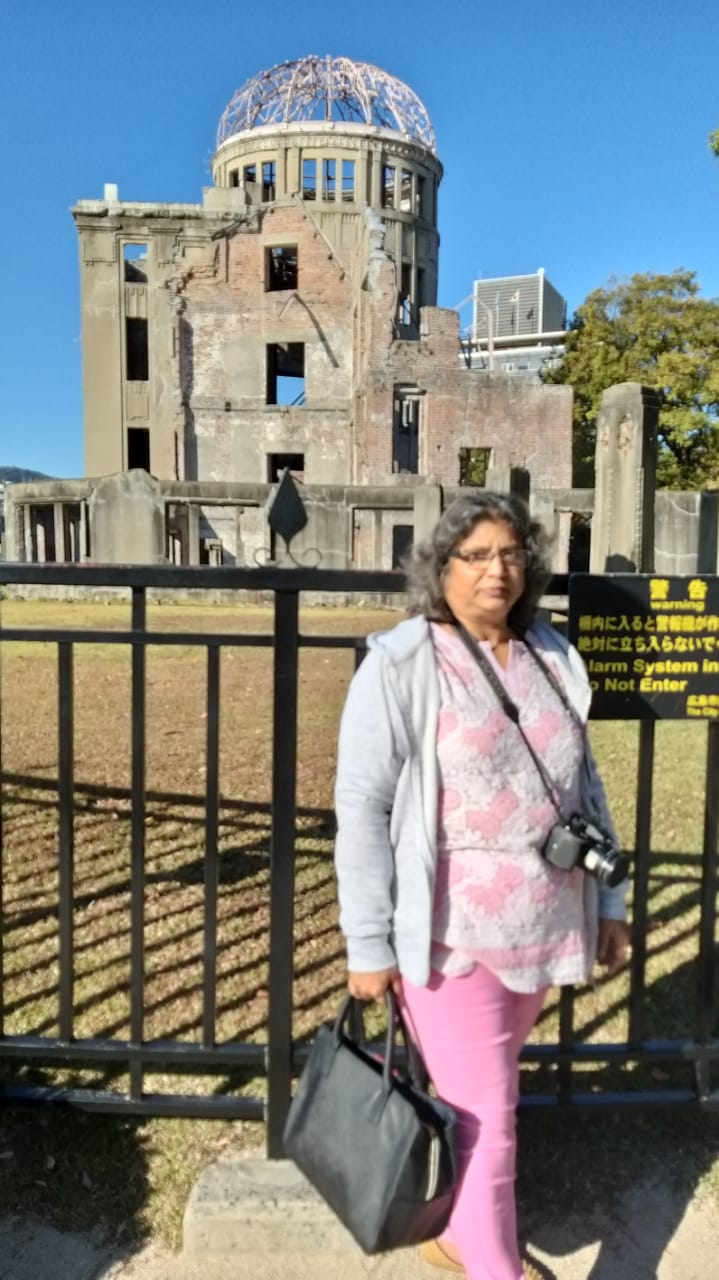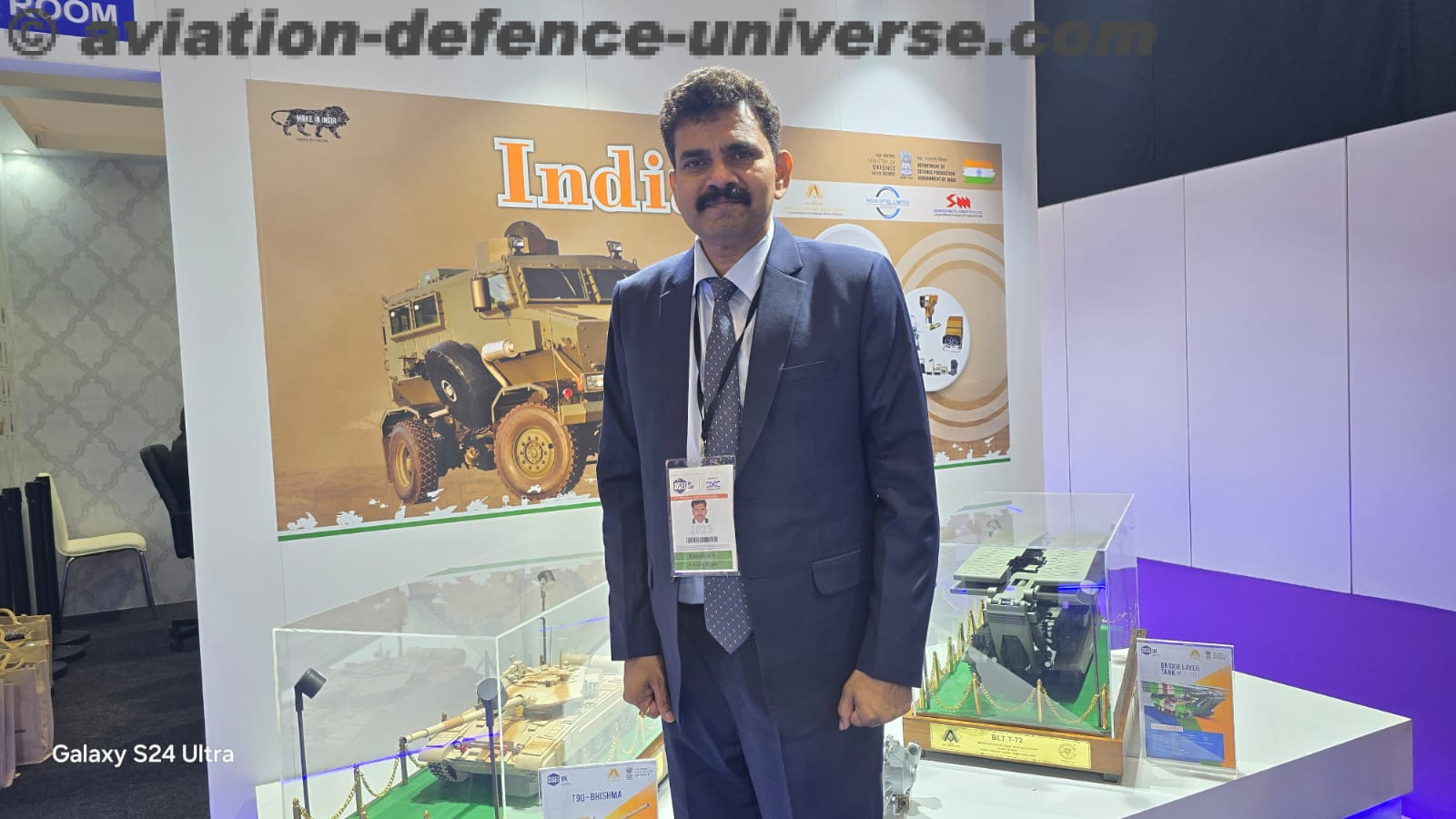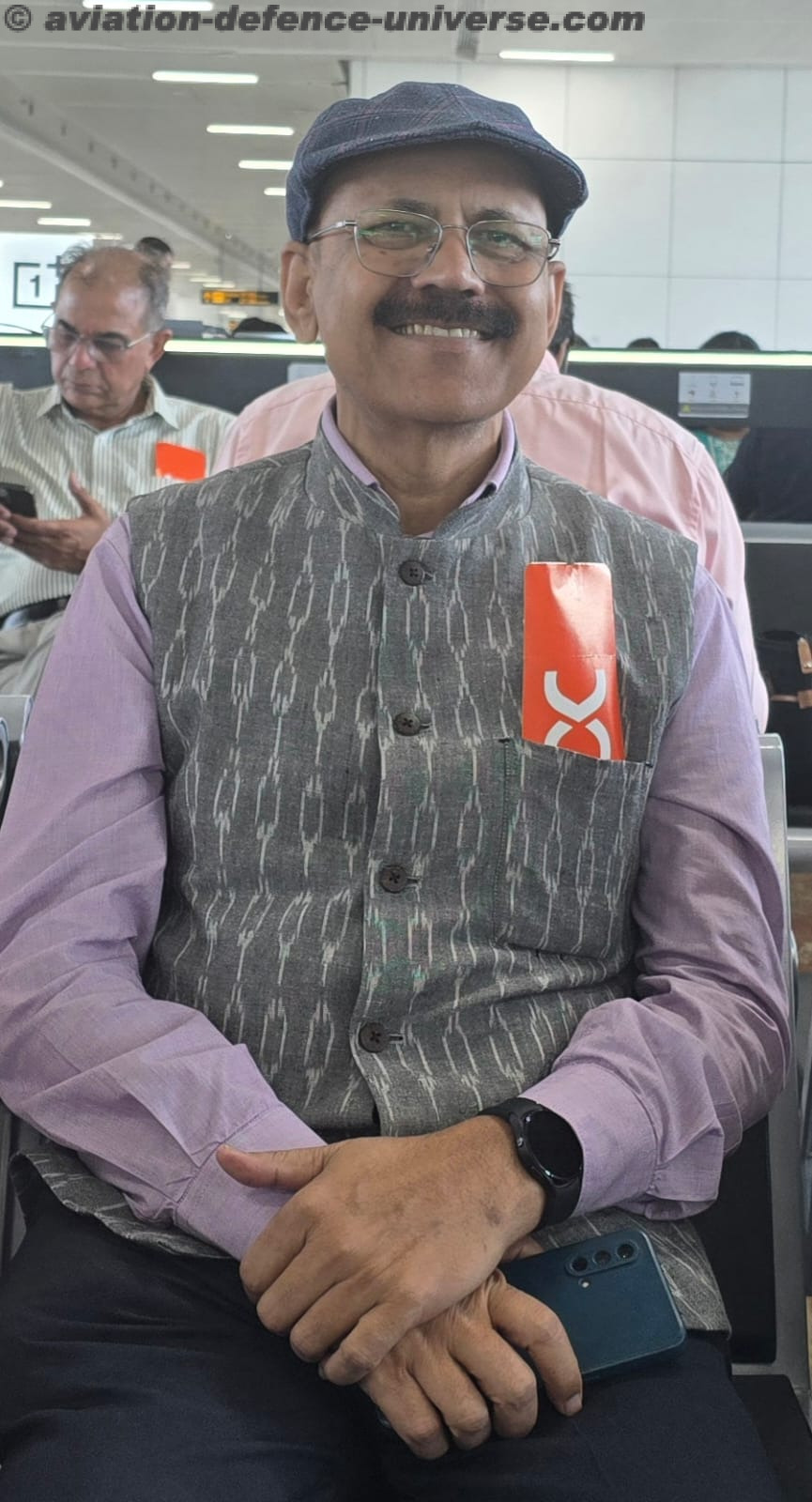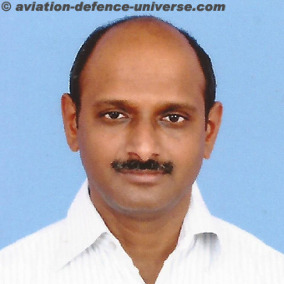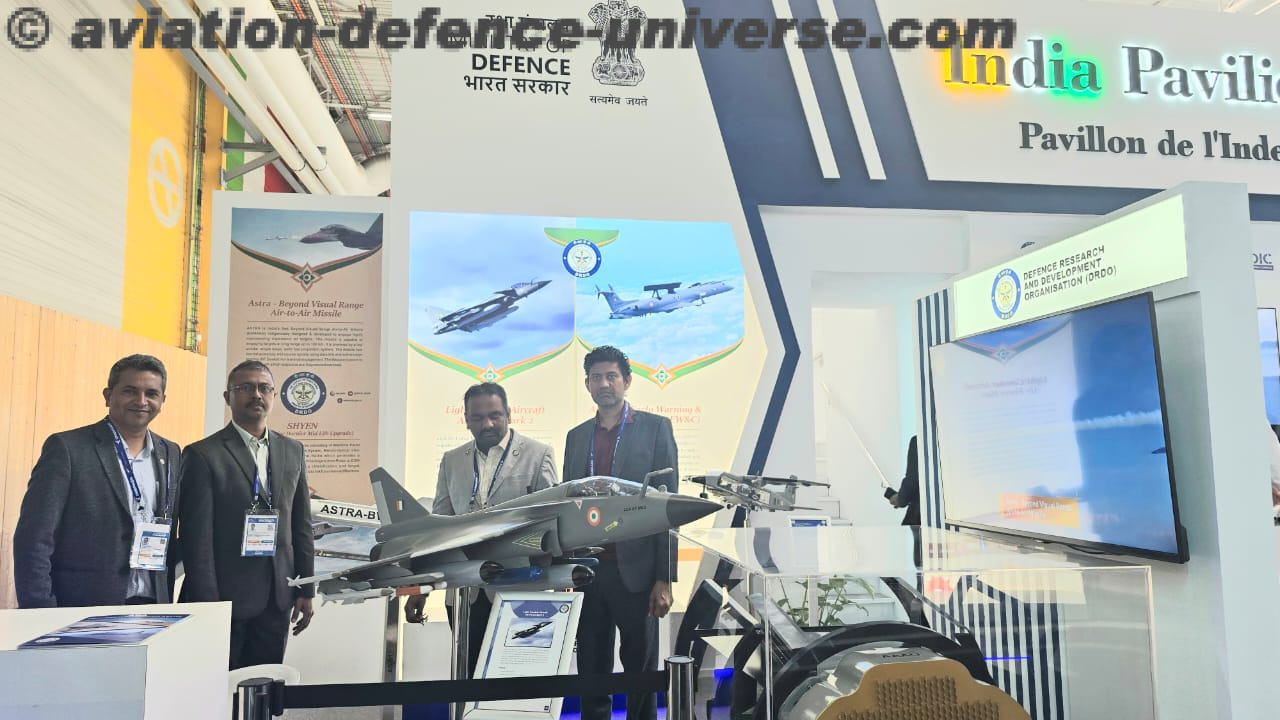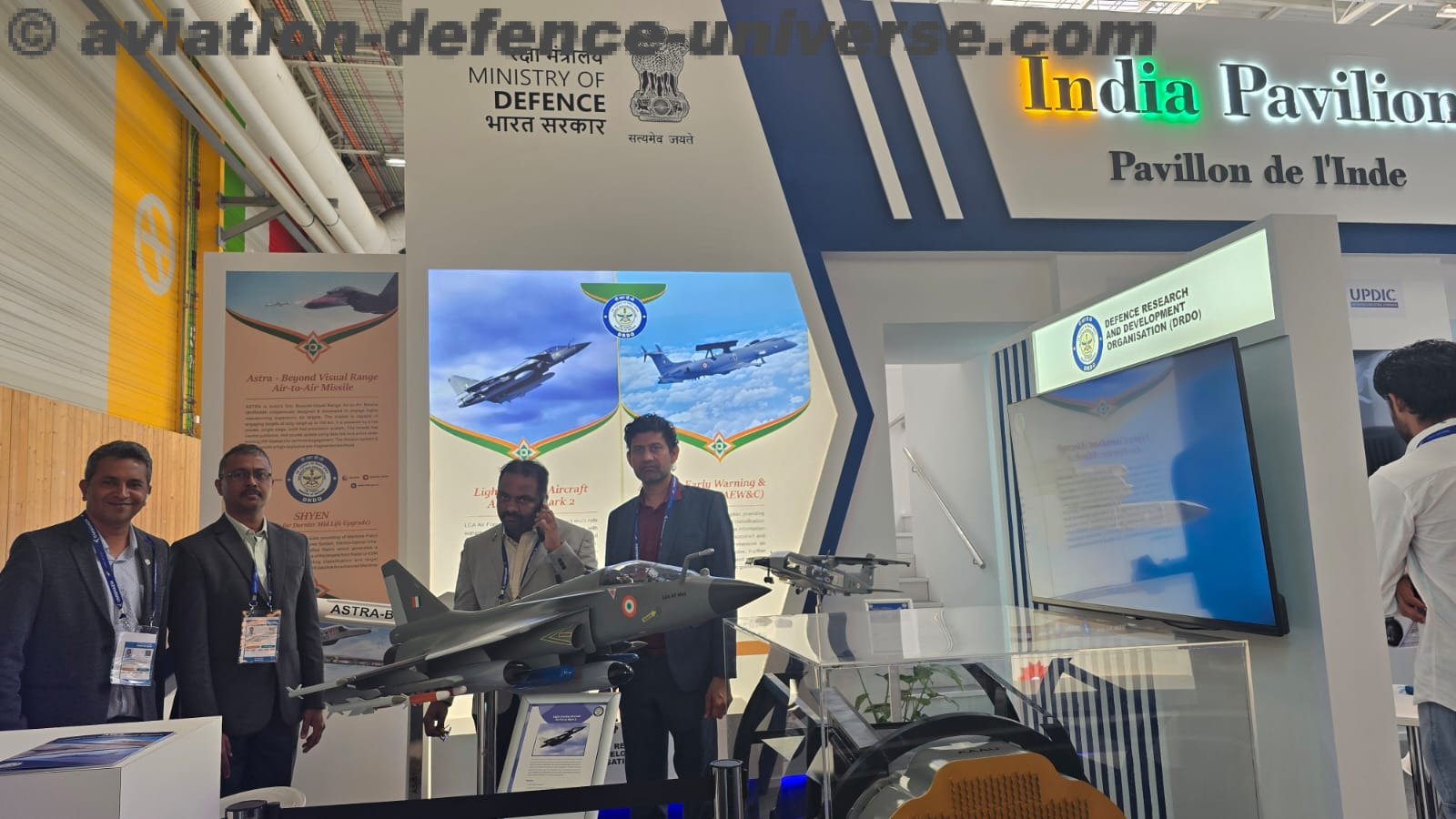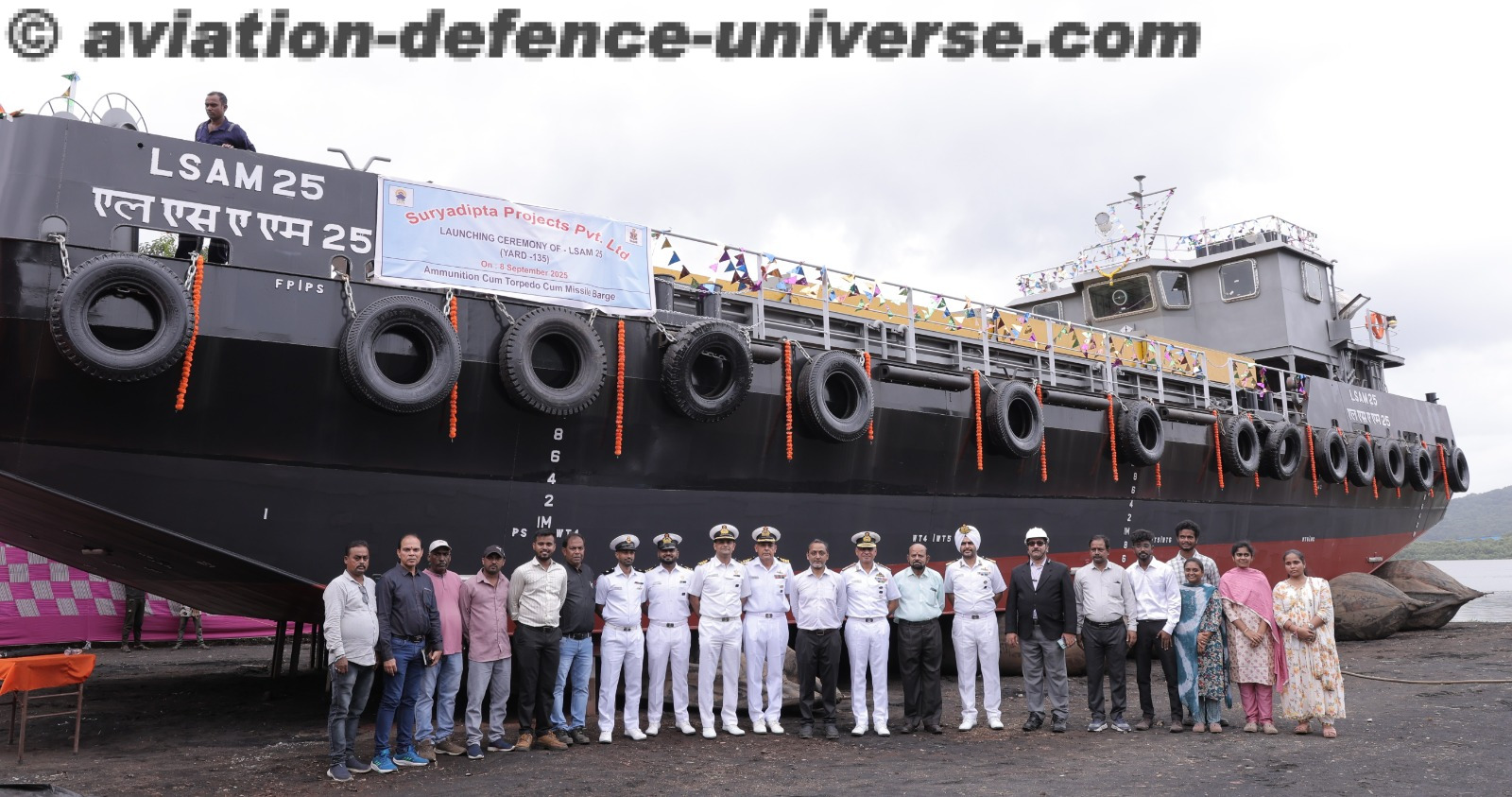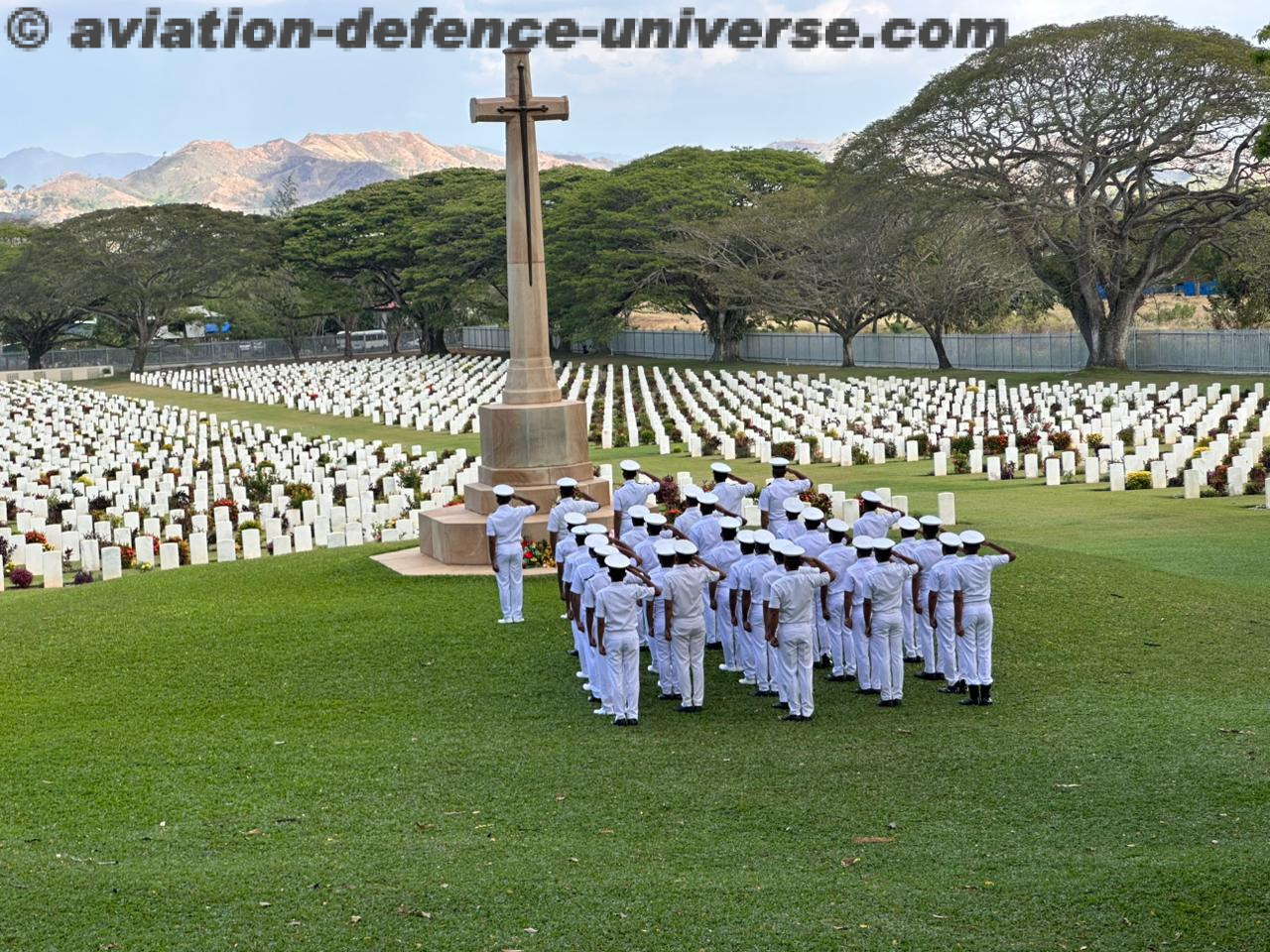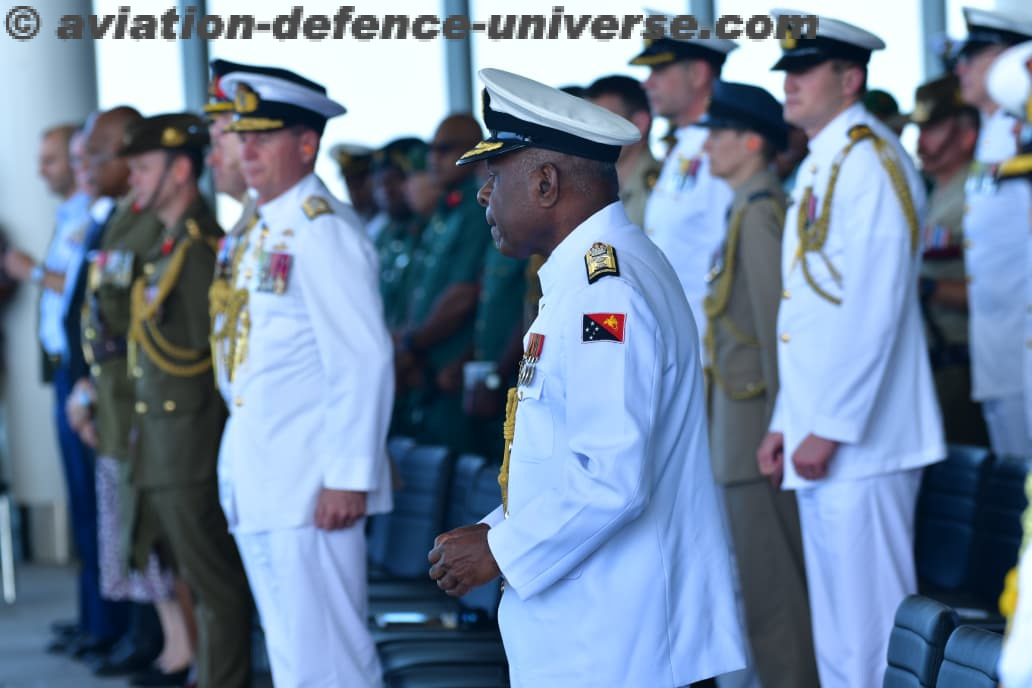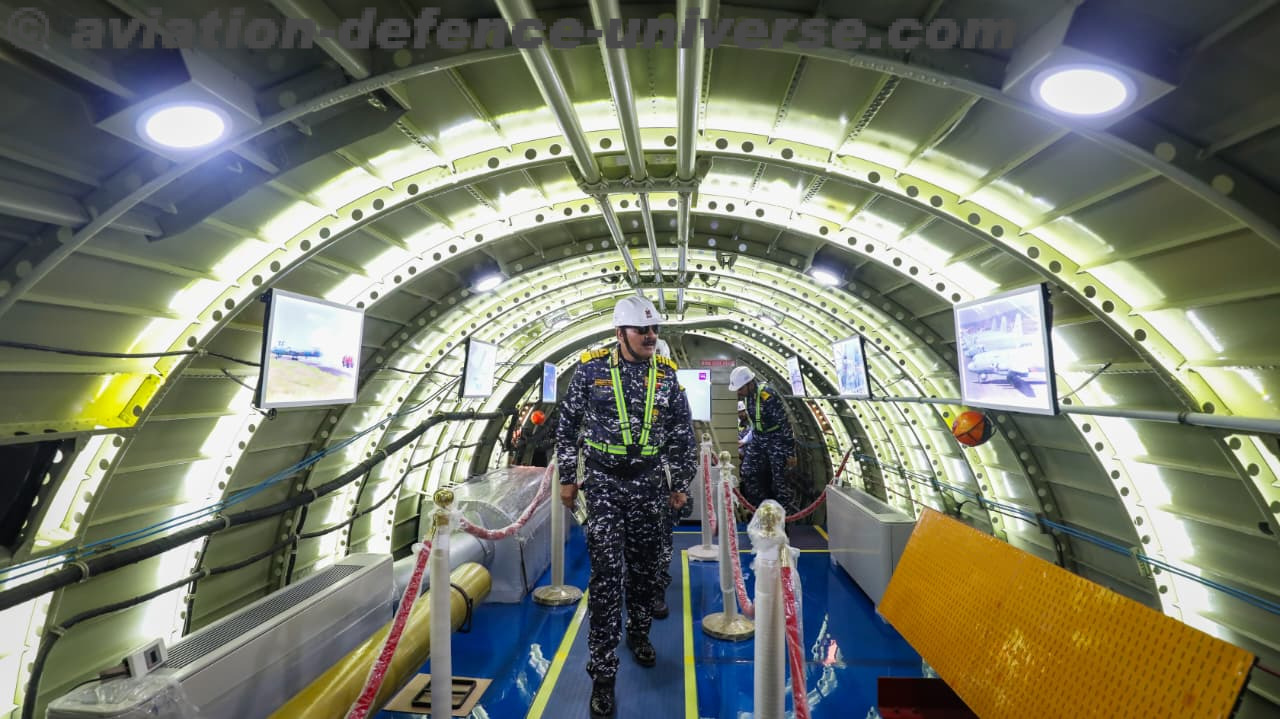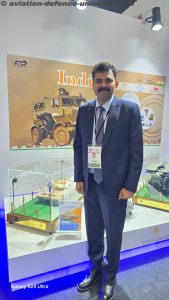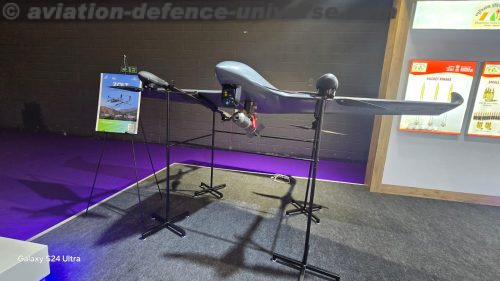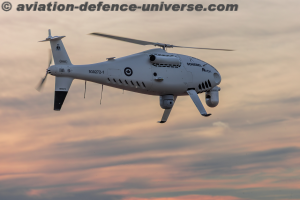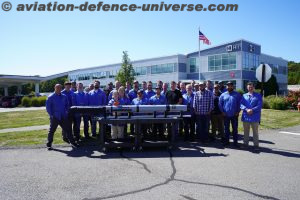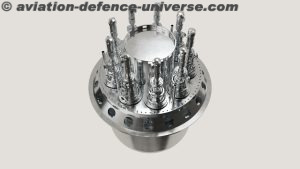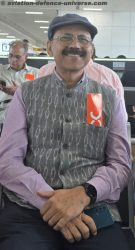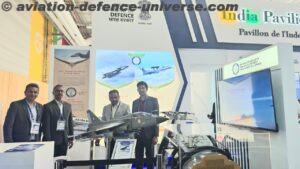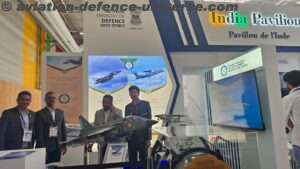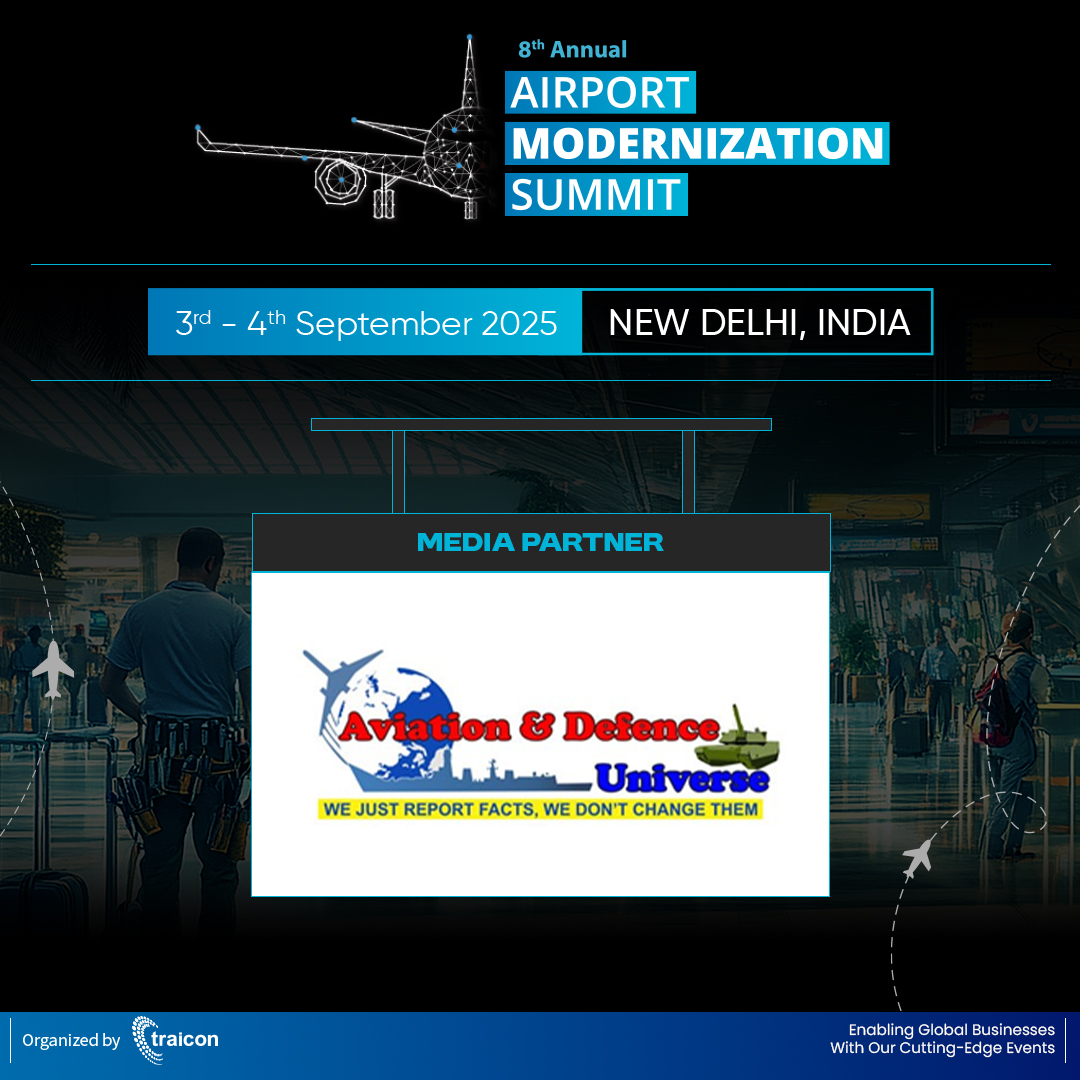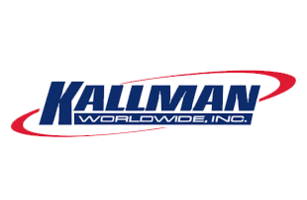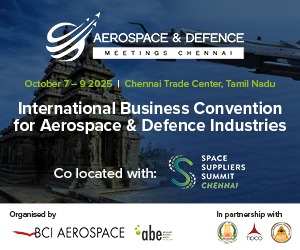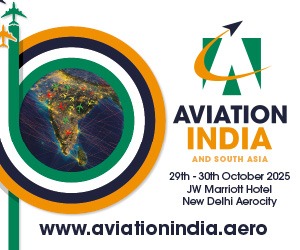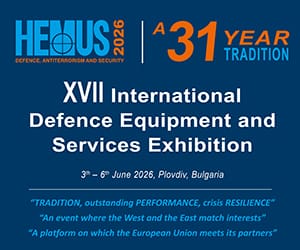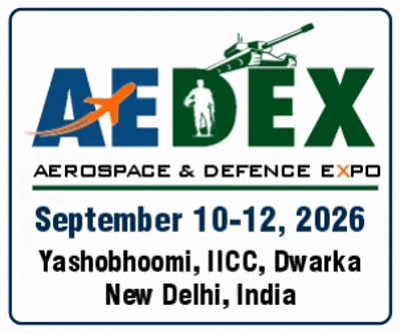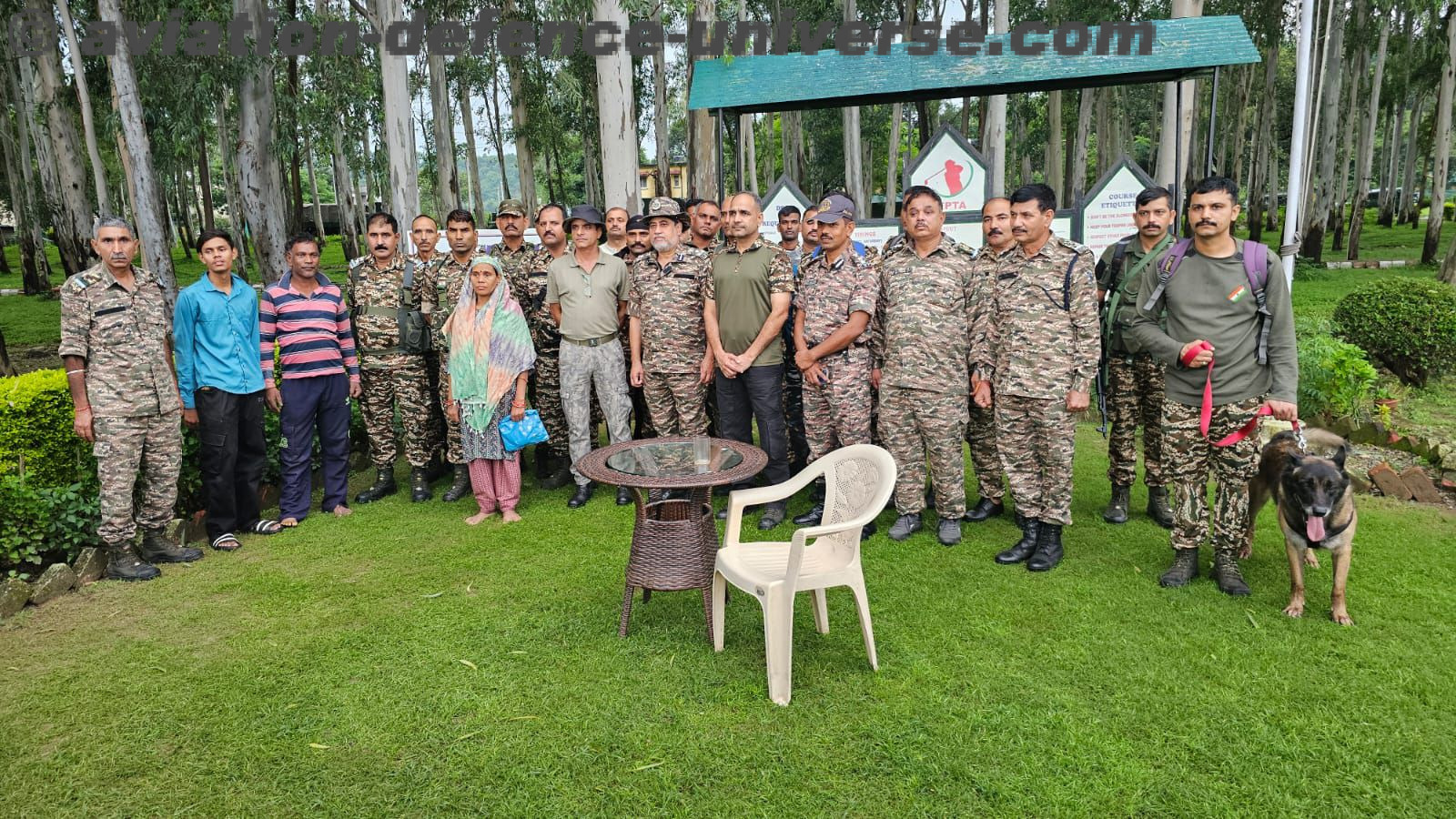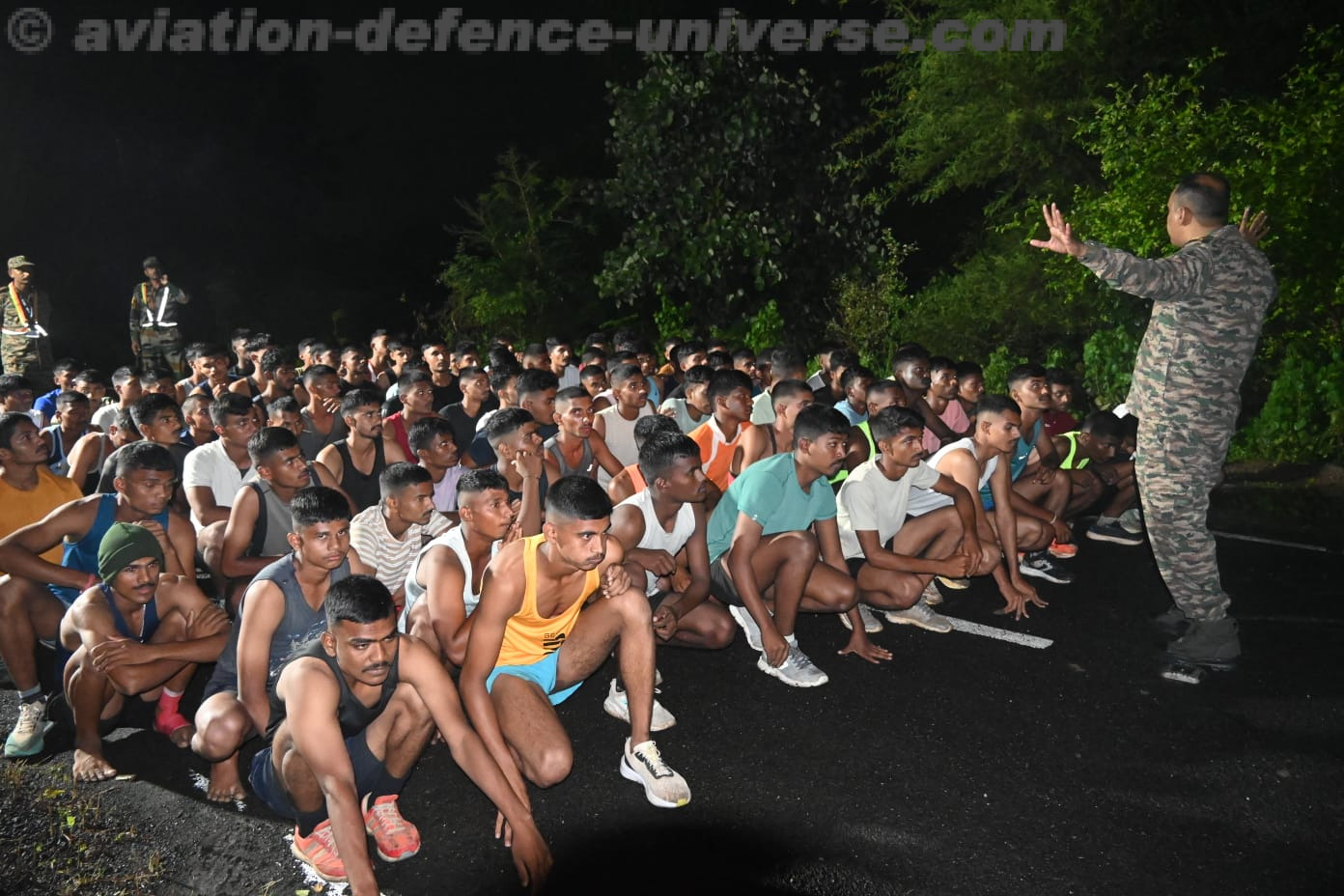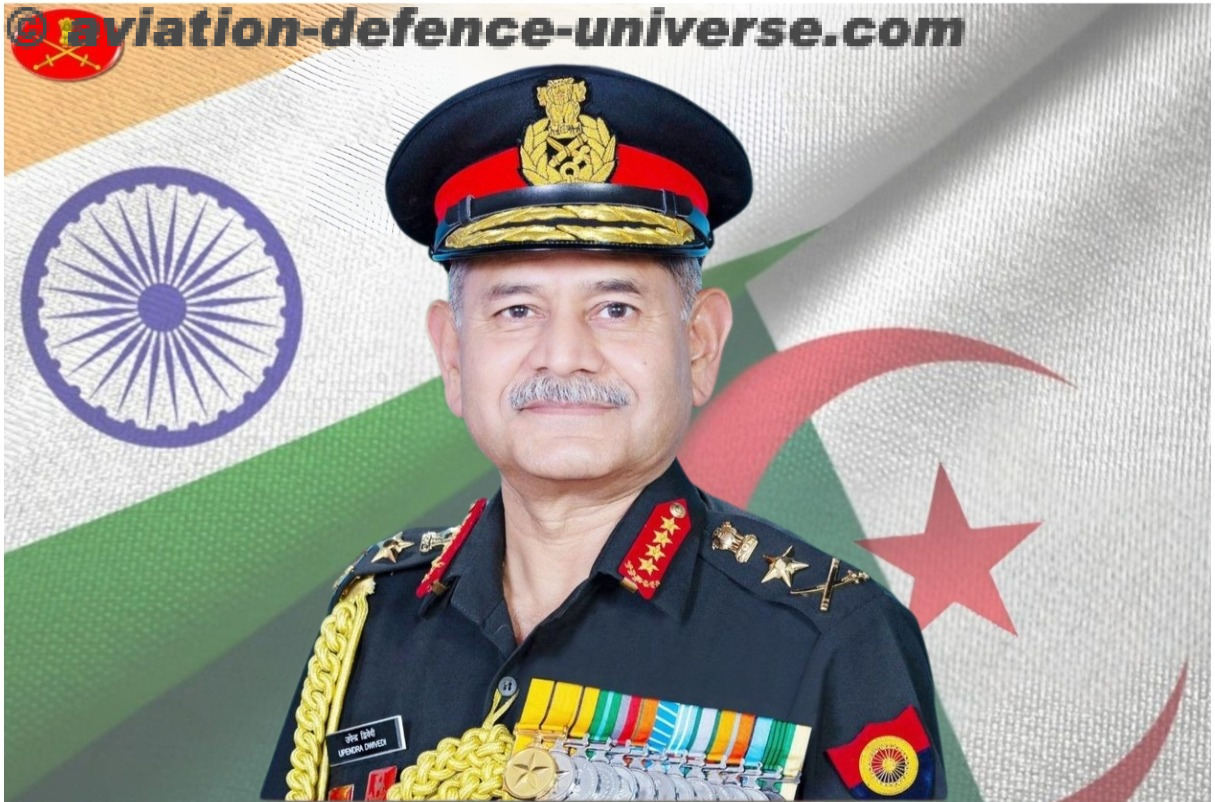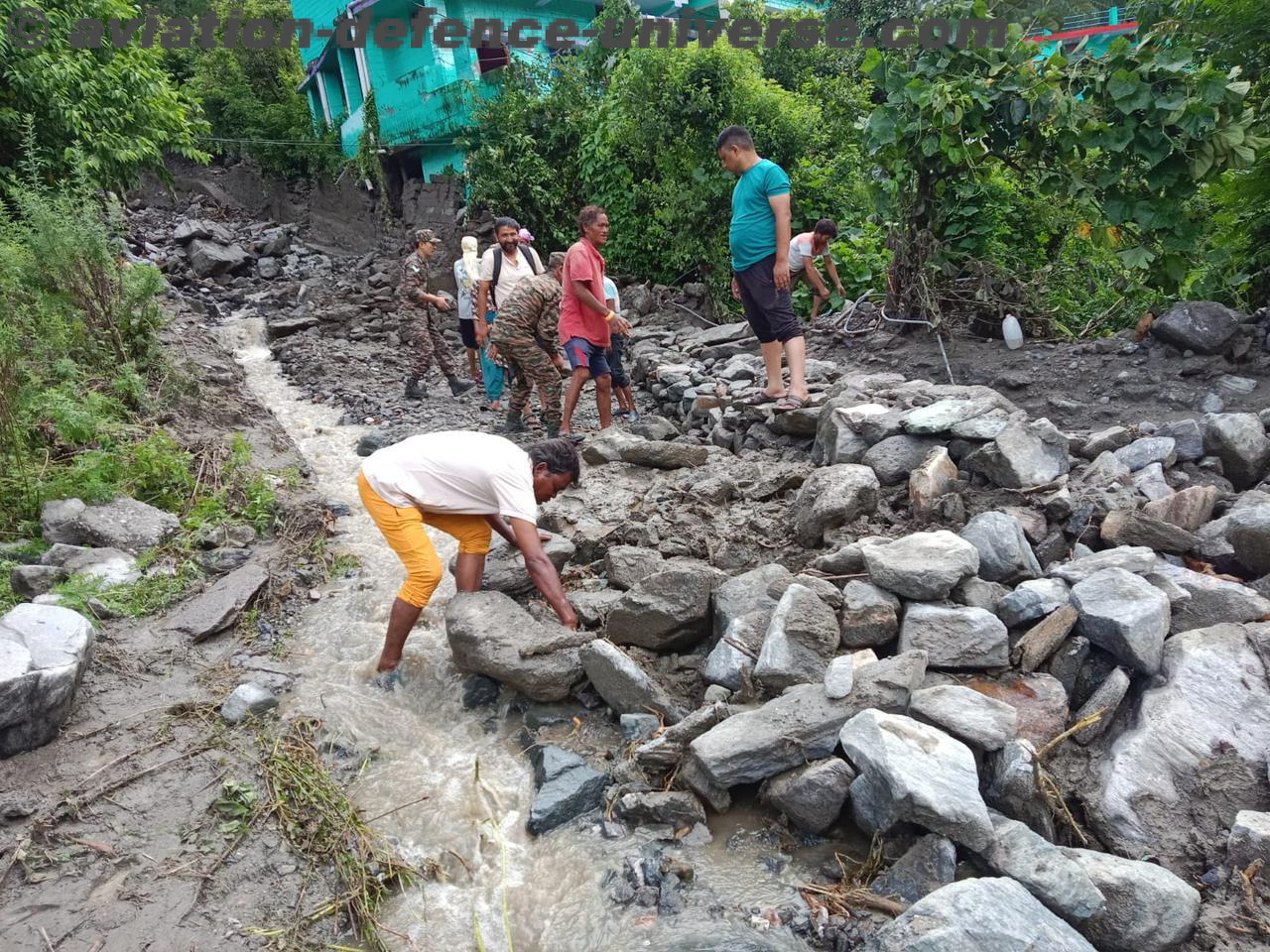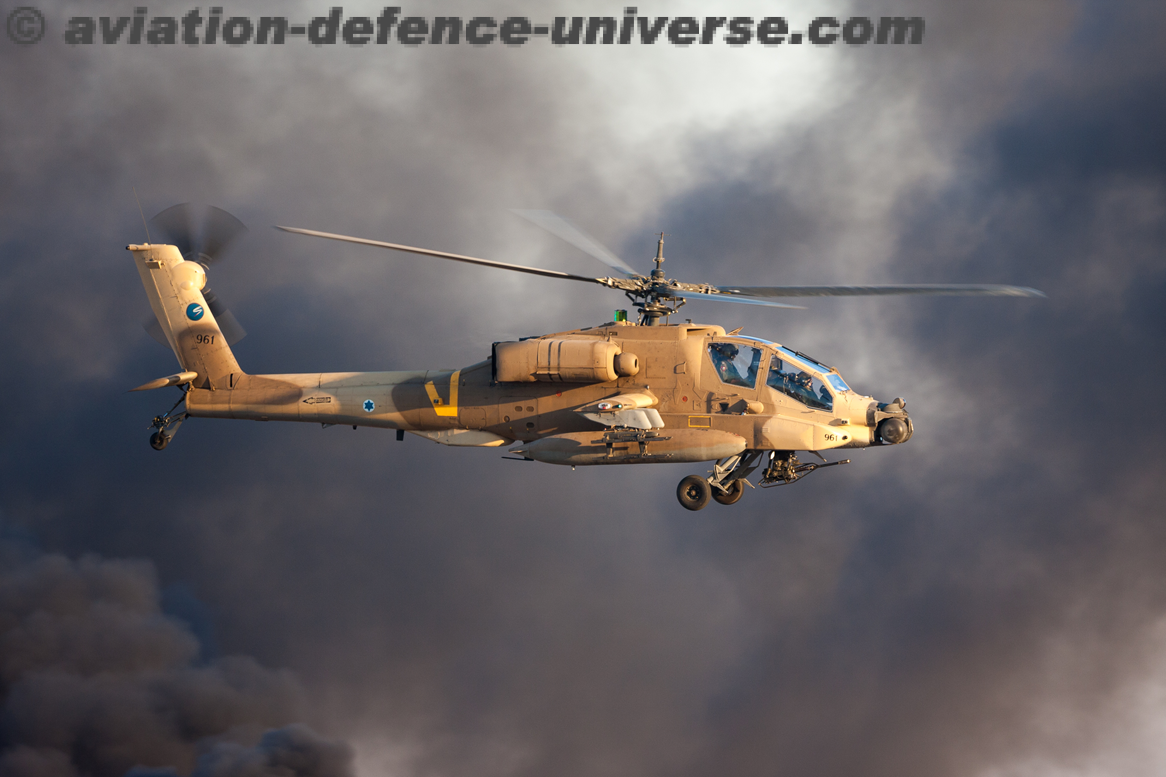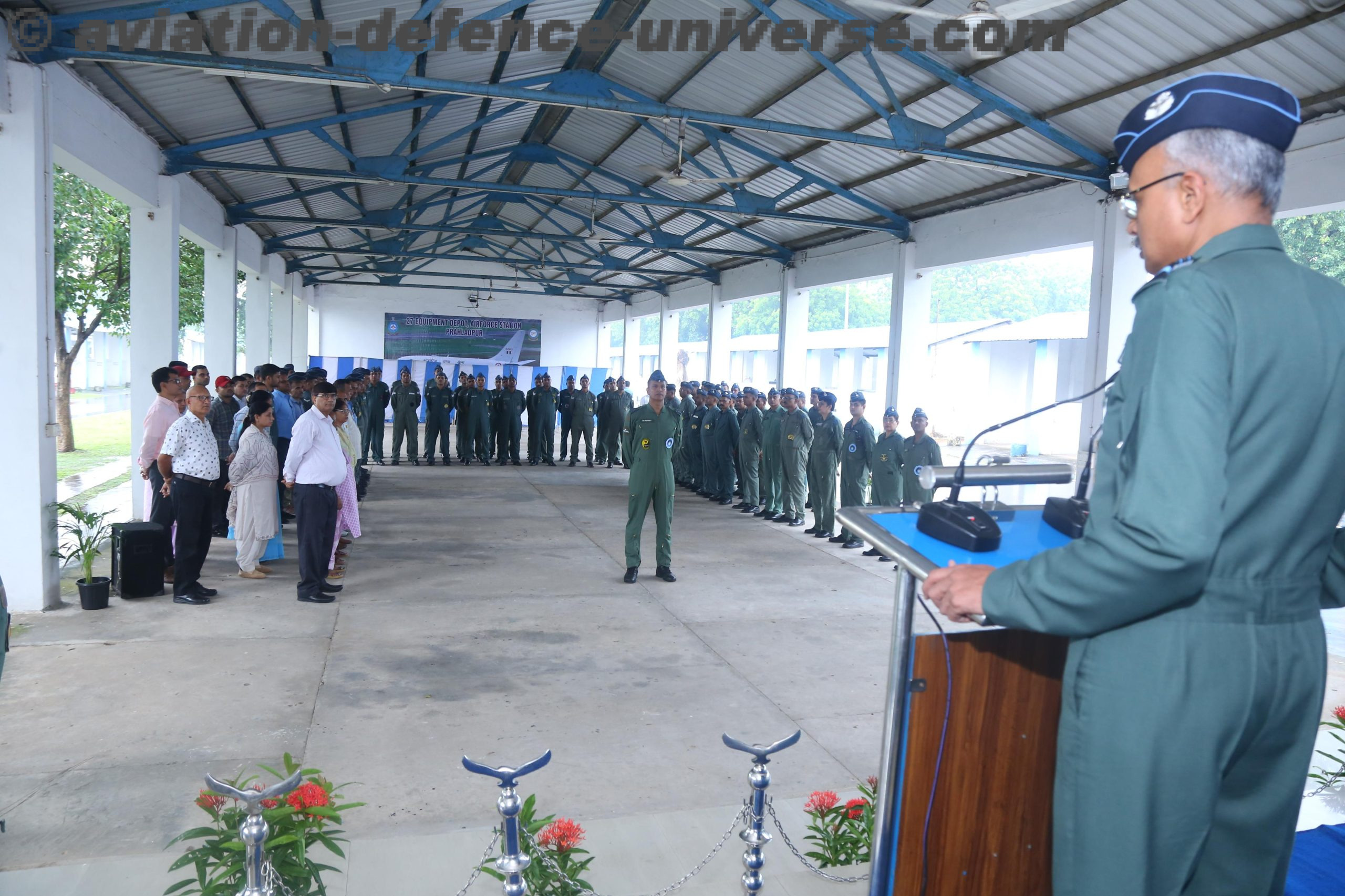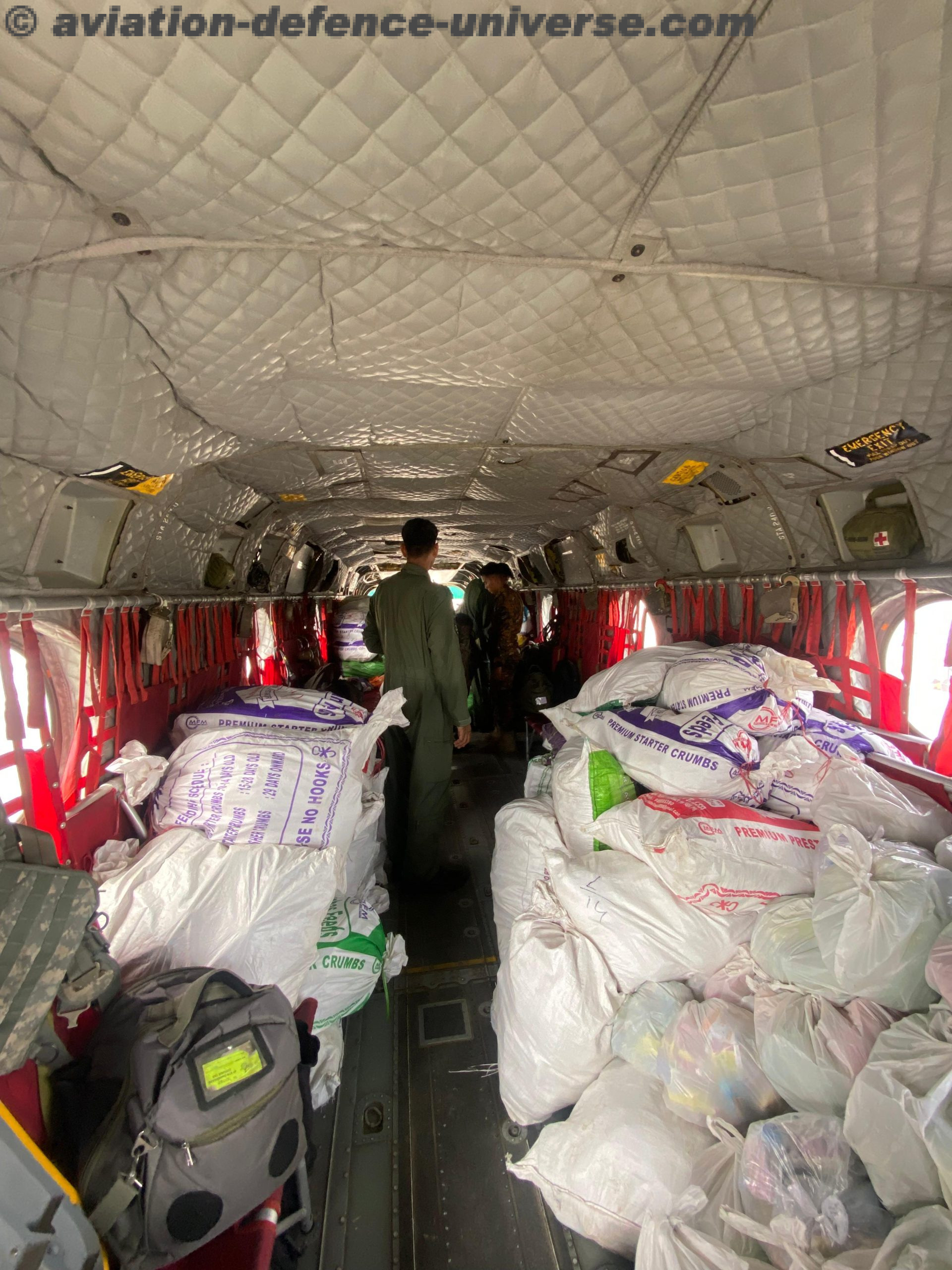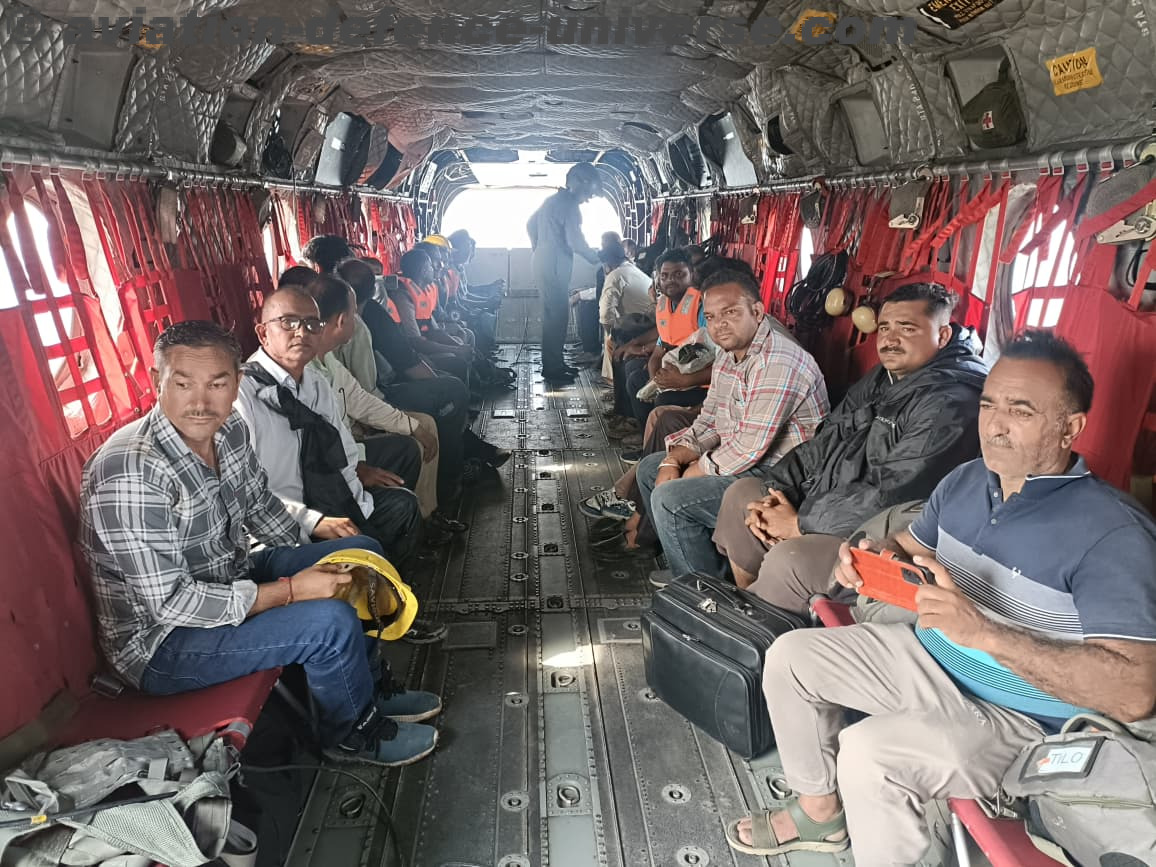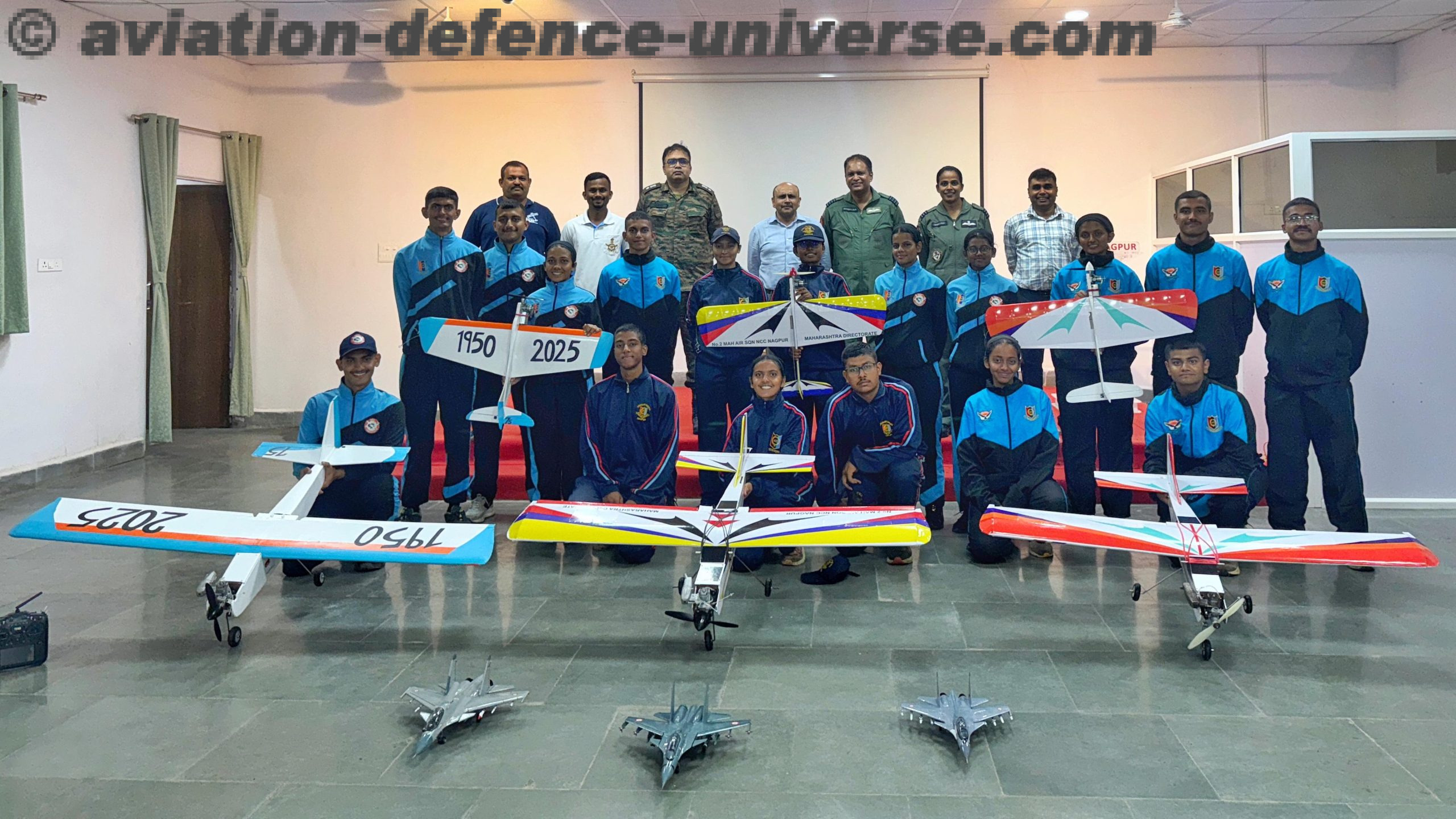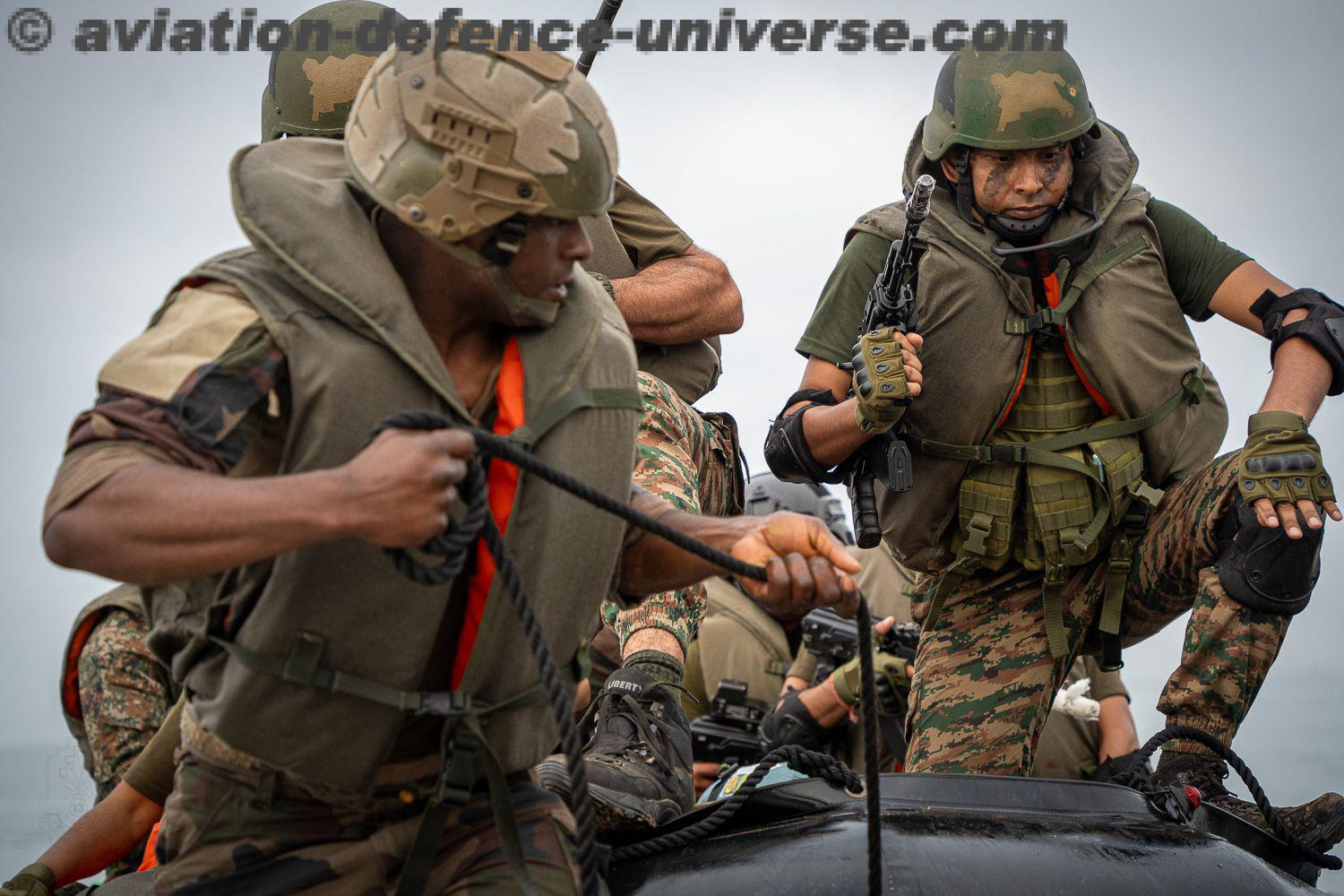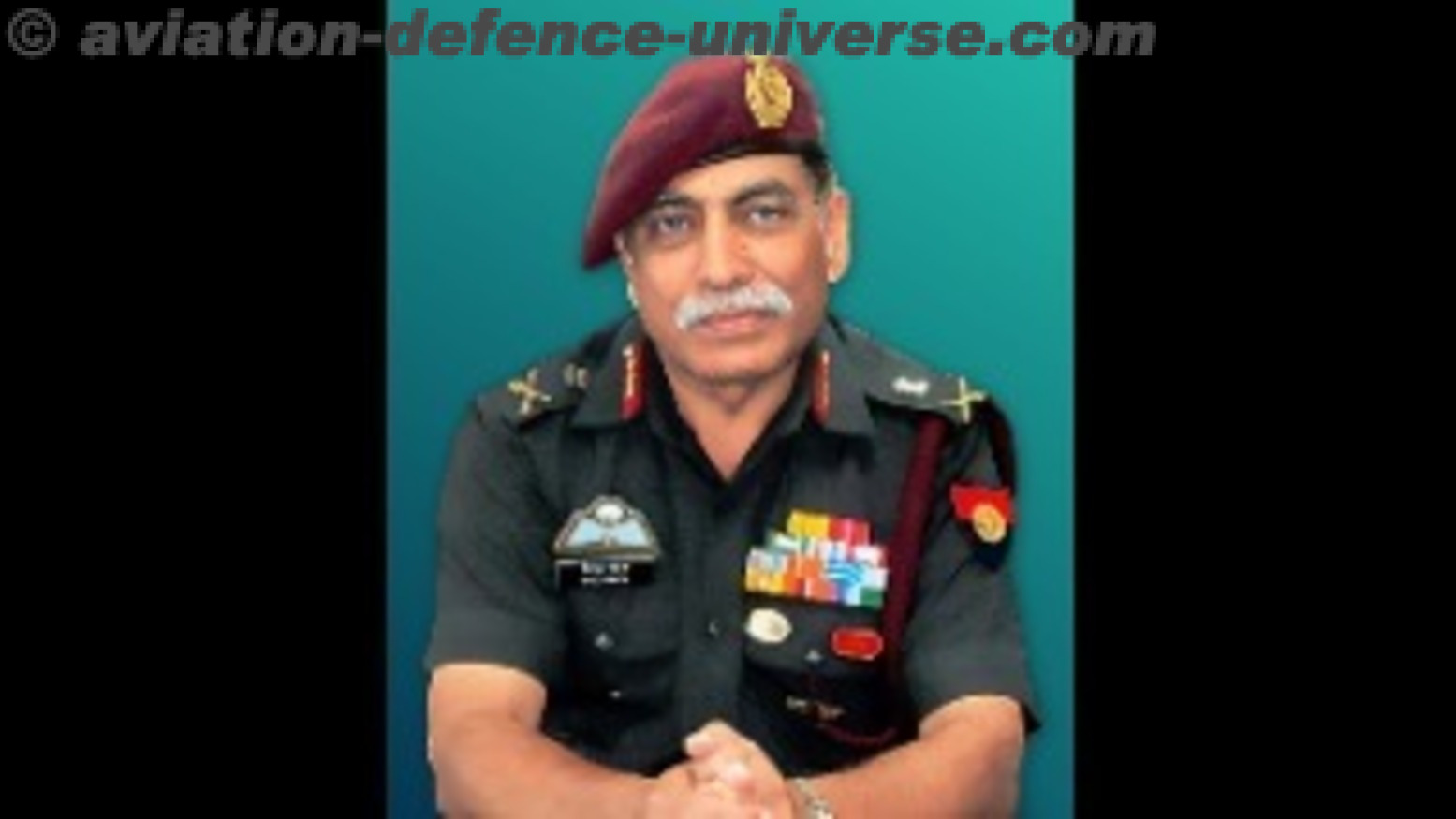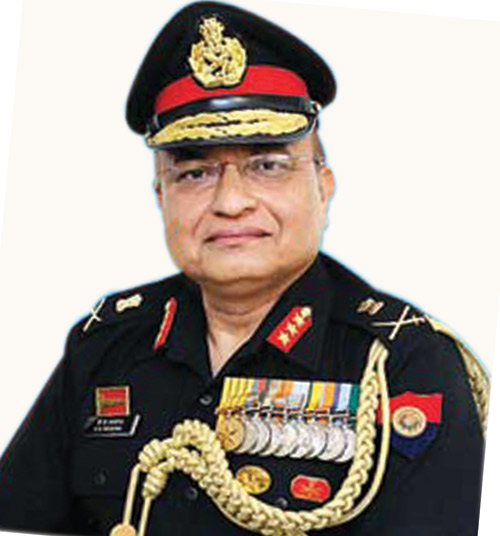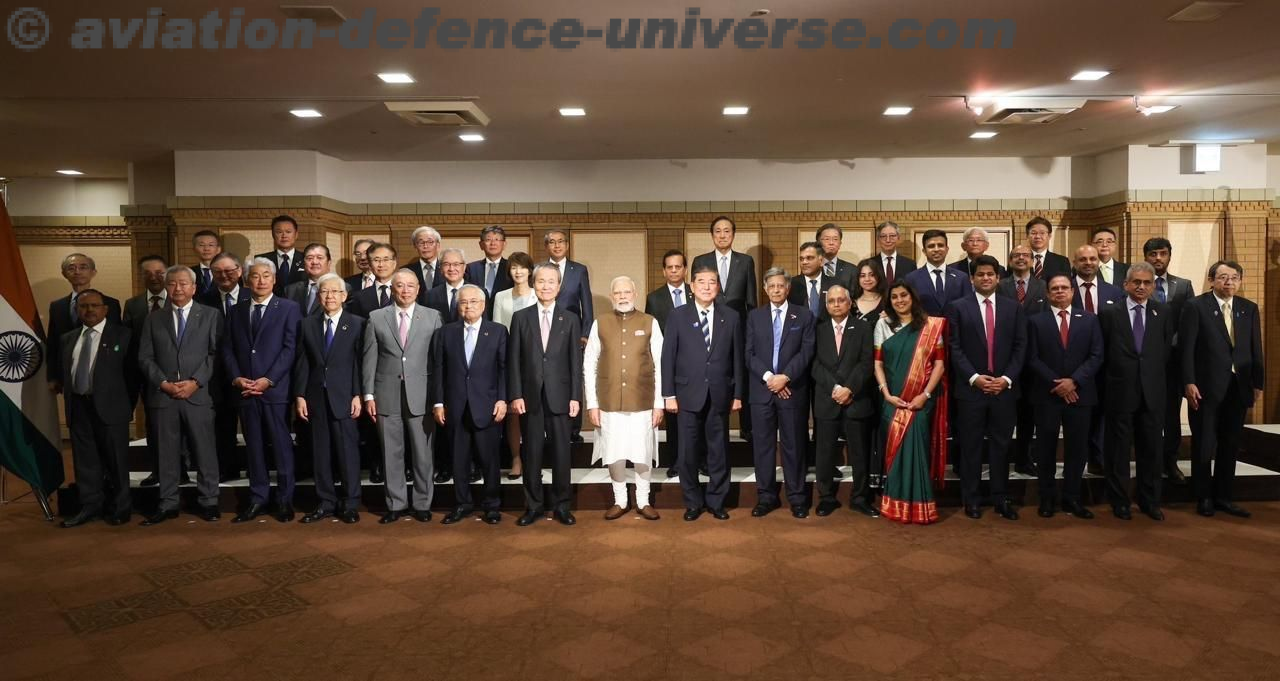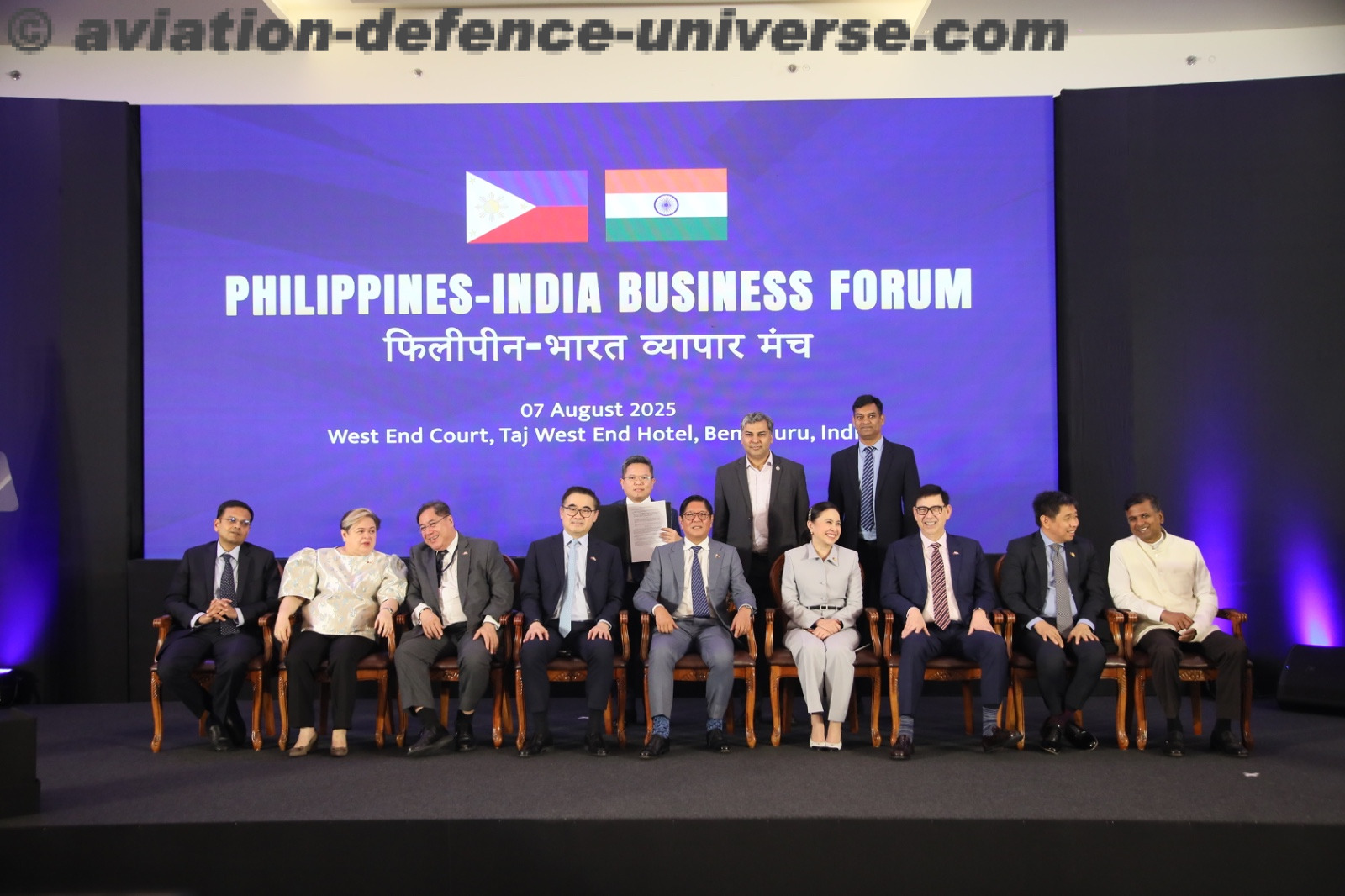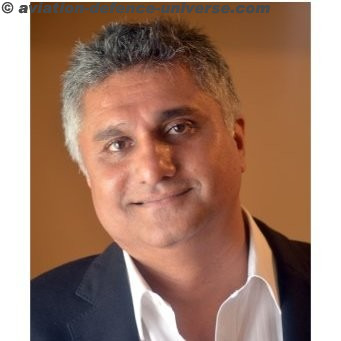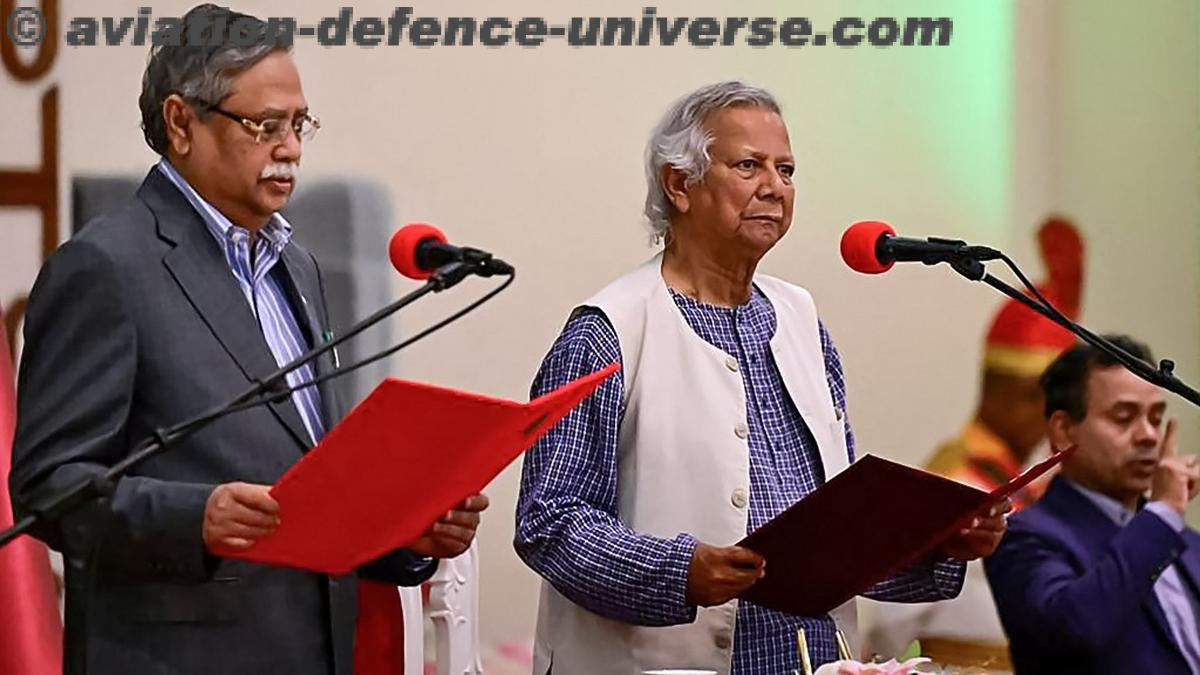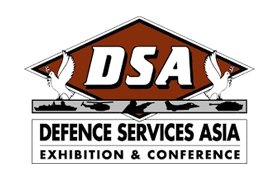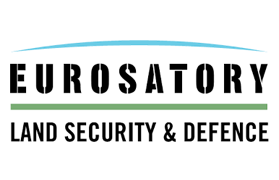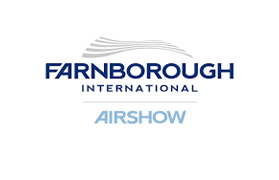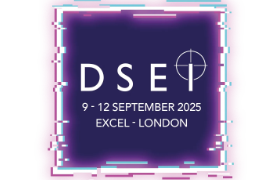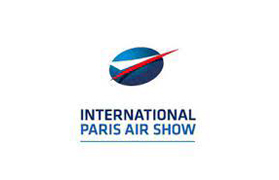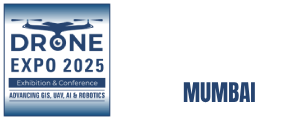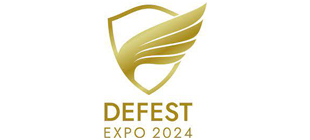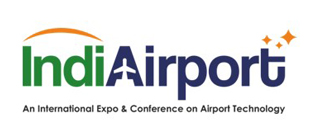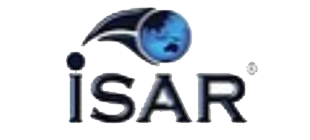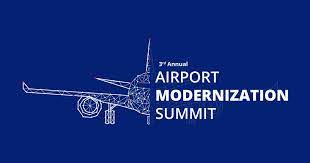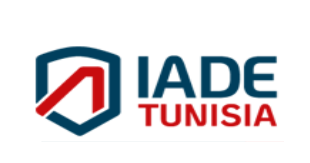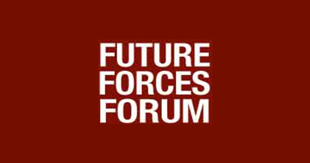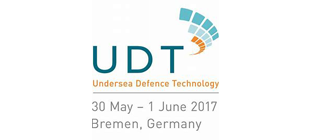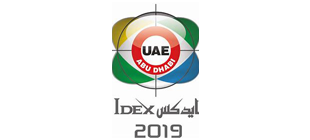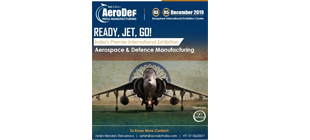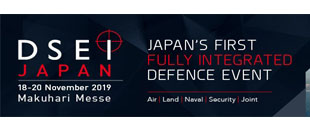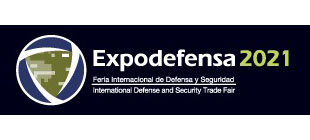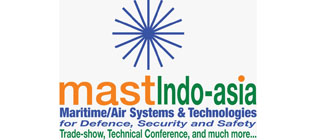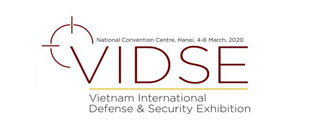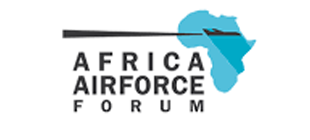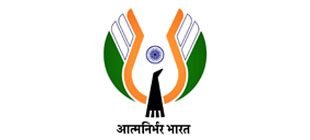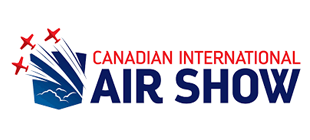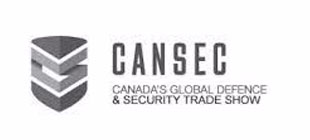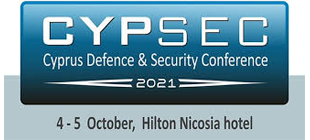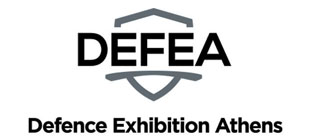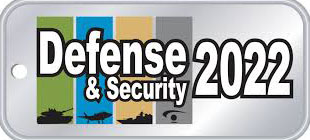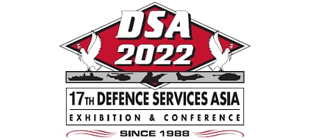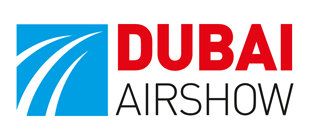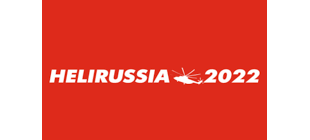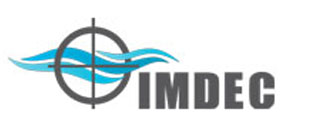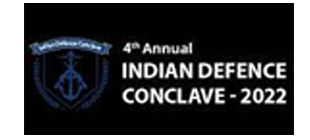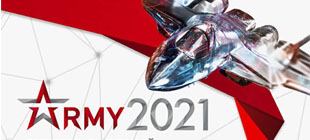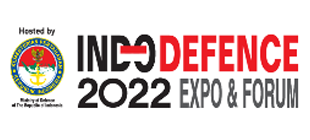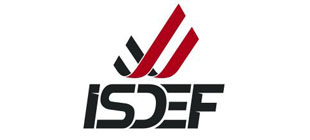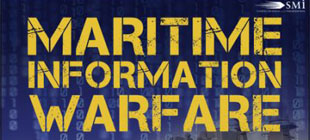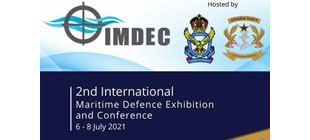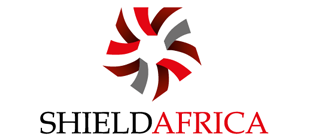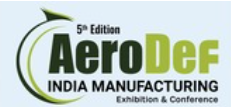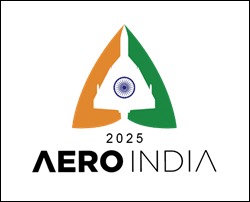- Exposure, Exports, and Collaboration reiterate power of Make in India
- Interview with V.N.R. Nayudu, General Manager, Armoured Vehicles Nigam Ltd., at DSEI 2025
By Sangeeta Saxena
Excel Centre, London. 09 September 2025. At DSEI 2025 in London, the India Pavilion showcased the country’s defence production capabilities across land, naval, and munitions sectors. Armoured Vehicles Nigam Ltd. (AVNL) was nominated by the Ministry of Defence (MoD), India, as the nodal Defence Public Sector Undertaking (DPSU) to coordinate the participation of all DPSUs and private sectors who have travelled as part of MoD pavilion at the show. Aviation & Defence Universe (ADU) spoke with V.N.R. Nayudu, General Manager at AVNL and a 1999 batch IOFS officer, about India’s presence at the event, the exhibits on display, and AVNL’s export ambitions.
ADU. Could you share AVNL’s role at DSEI 2025 and how the India Pavilion was organised?
V.N.R. Nayudu. For DSEI 2025, AVNL was nominated as the nodal factory and DPSU to organise India’s participation on behalf of MoD. When we approached the organisers, they provided us with two spaces to accommodate all participating DPSUs—namely AVNL, IOAL, MDL, and MIL. Pavilion 1 at N11-A130 houses AVNL, IOAL, and Sandeep Metal Craft, while Pavilion 2 at A130 features MIL and MDL. We took responsibility for arrangements, from obtaining badges and access to the E-zone to hiring stall fabricators to give the pavilion a professional and elegant look. The exhibits were successfully inaugurated by Sanjeev Kumar, Secretary Defence Production, along with India’s Ambassador to the UK and JSLS, Ms. Garima Bhagat.
ADU. What was the aim of India’s participation in this edition of DSEI?
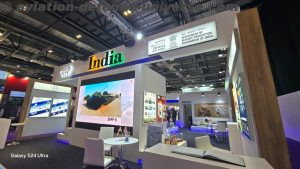 V.N.R. Nayudu. The main objective was exposure to the global defence ecosystem—understanding what technologies are available, exploring new ventures and collaborations under the Make in India programme, and showcasing India’s capabilities to the international community. Visitors to the India Pavilion could see firsthand the platforms, technologies, and systems that our DPSUs and industry partners are manufacturing. Over the four days, we scheduled several meetings, both through the Secretary Defence Production and individually by each factory, to explore opportunities.
V.N.R. Nayudu. The main objective was exposure to the global defence ecosystem—understanding what technologies are available, exploring new ventures and collaborations under the Make in India programme, and showcasing India’s capabilities to the international community. Visitors to the India Pavilion could see firsthand the platforms, technologies, and systems that our DPSUs and industry partners are manufacturing. Over the four days, we scheduled several meetings, both through the Secretary Defence Production and individually by each factory, to explore opportunities.
ADU. Could you tell us more about what AVNL and the India Pavilion exhibited?
V.N.R. Nayudu. AVNL displayed scale models of our main battle tanks, including T-90 Bhishma, Arjun MBT, and T-72 Ajeya, as well as a bridge-layer tank model. We also showcased infantry combat vehicles and their variants, mine-protected vehicles in 6×6 and 4×6 configurations, and products from Vehicle Factory Jabalpur. From Ordnance Factory Medak, we displayed fuses and the MTPF Kavach Mod 2 naval decoy system. IOAL brought optical sights and thermal imaging systems for tanks and ICVs. MIL presented its full range of munitions, while MDL showcased its warship manufacturing capabilities. Sandeep Metal Craft also displayed their fuses and related products. Together, these highlighted the breadth of India’s land, naval, and munitions production capabilities.
ADU. Why were the two India Pavilions kept separate instead of one consolidated space?
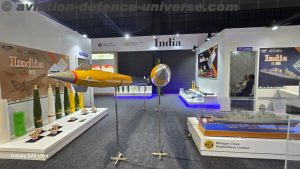
ADU. Beyond showcasing products, what were AVNL’s export objectives at DSEI?
V.N.R. Nayudu. Our immediate focus is on exports to Tanzania and Nigeria, where talks are ongoing for the supply of 50–60 vehicles, particularly for forces currently operating ex-Soviet platforms. These friendly nations are showing strong interest in our vehicles. Beyond that, attending DSEI allows us to represent India at a leading European defence show, establish visibility, and promote our products globally. While not every show guarantees direct contracts, the opportunities to explore collaborations, understand new technologies, and gain exposure to niche innovations are invaluable.
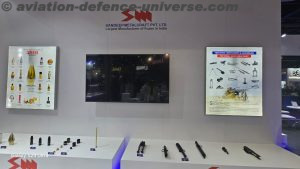
India’s participation at DSEI 2025 highlighted its growing defence manufacturing ecosystem, with AVNL leading the coordination of DPSU and industry presence. From main battle tanks and infantry vehicles to naval decoy systems and advanced optics, the India Pavilion reflected the country’s diverse industrial base. For AVNL, the event was not only about product display but also about exploring export markets in Africa, building partnerships, and aligning with the global defence ecosystem. As Nayudu emphasised, the pavilion embodied India’s Make in India vision while positioning the country as a credible defence partner worldwide.
As told to Sangeeta Saxena


